
Vinorandum brings together some of the best up and coming voices in the wine world. Compiling the thoughts and reflections of writers, journalists, critics, buyers and sommeliers, Vinorandum's long form articles seek to present diverse perspectives on the world of fine wine. If you would like to contribute to our blog, please don't hesitsate to get in touch.
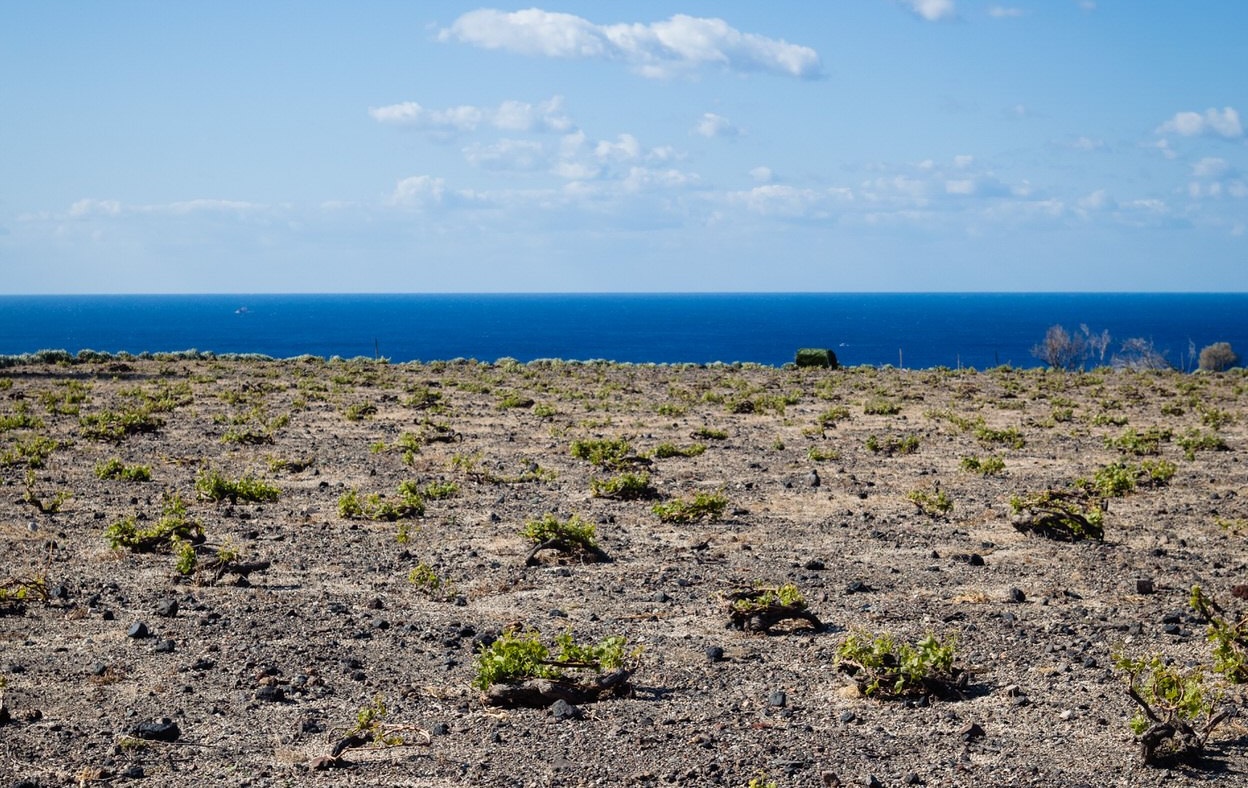
Vineyards on the Greek island of Santorini face an uncertain future as climate challenges intensify. With less rain and mounting tourism pressure, winemakers are fig...
Read more ▸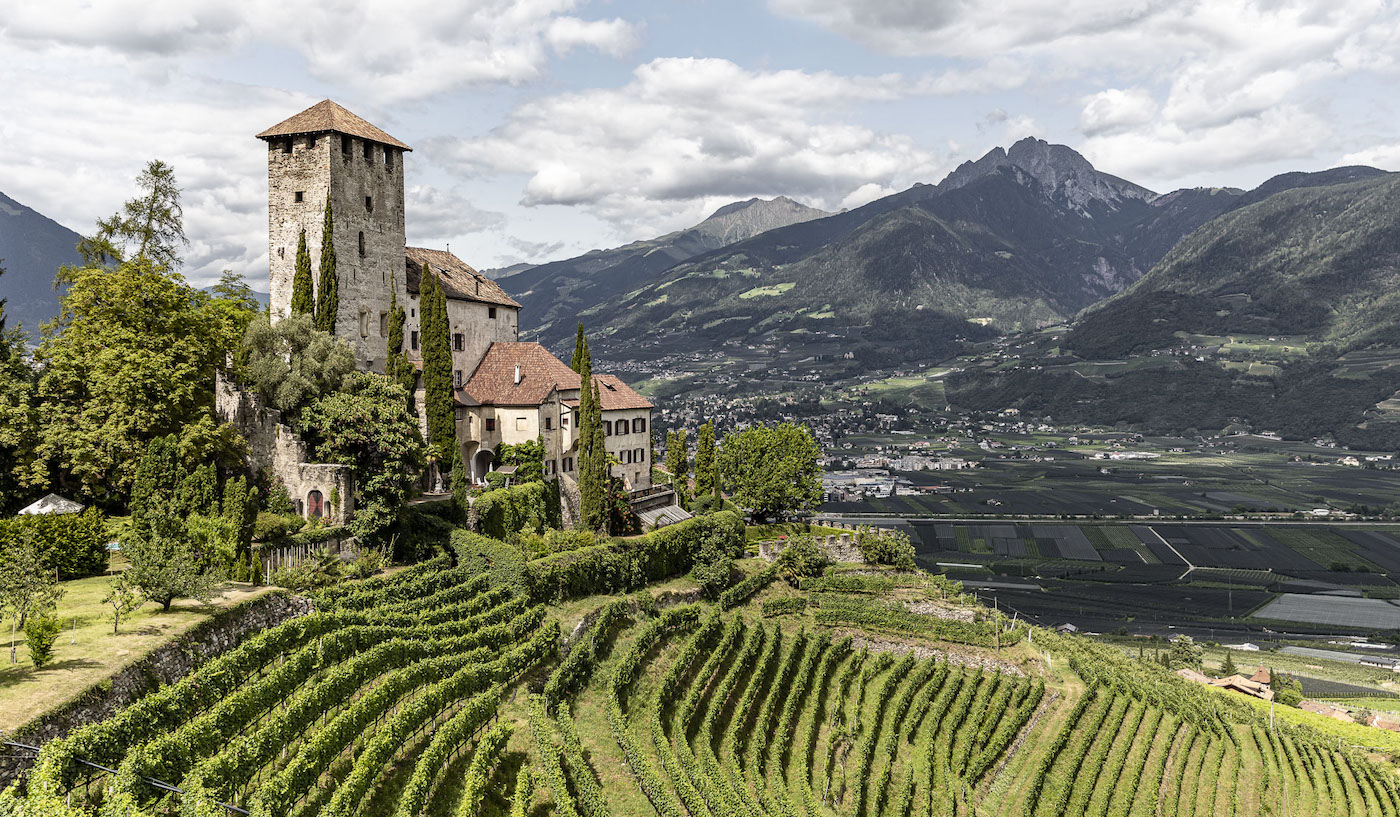
Terroir driven wines from Alto Adige are hiding in plain sight. The diversity here can be challenging for wine lovers to get their heads around, but Paul Caputo expl...
Read more ▸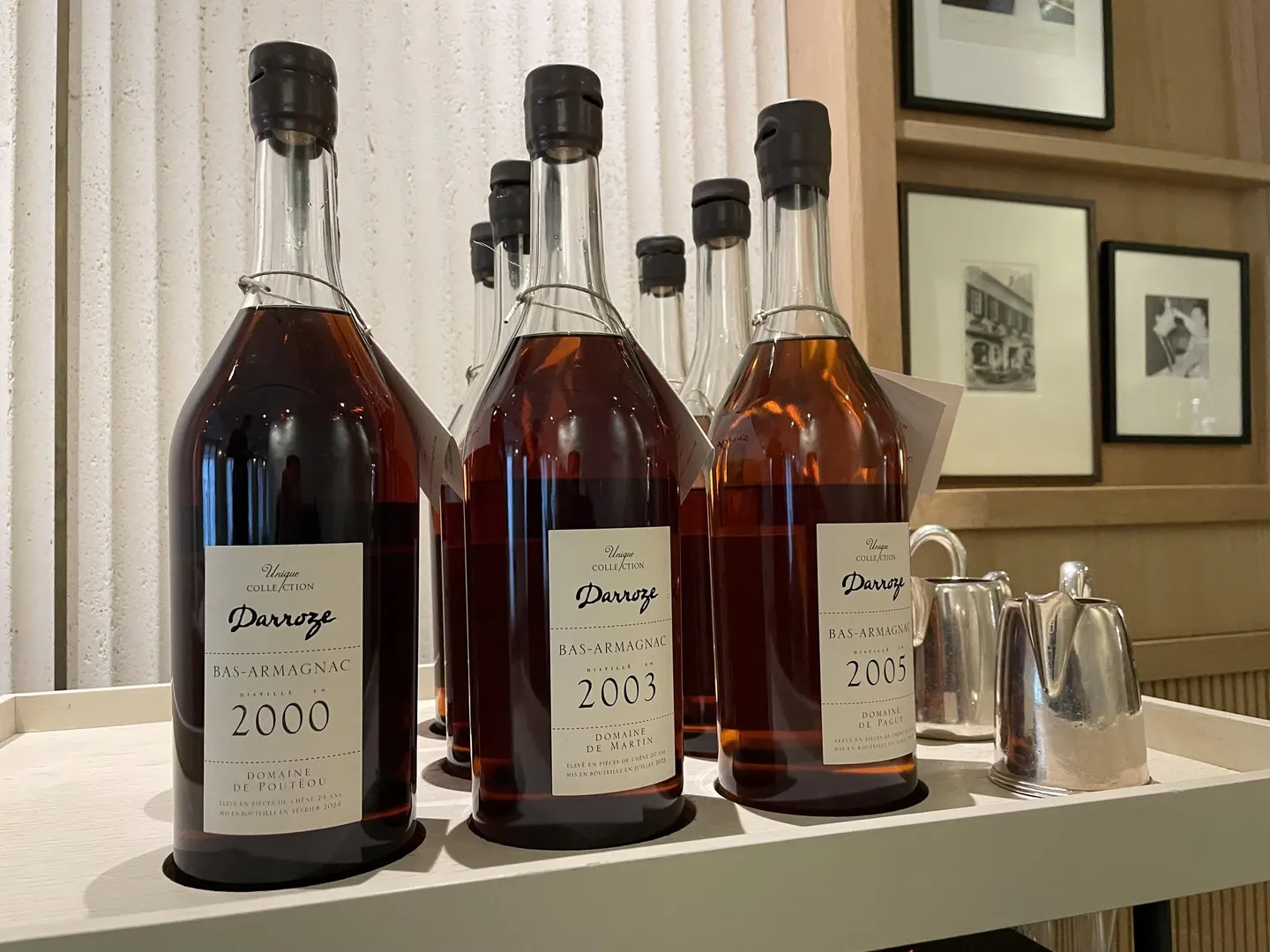
Armagnac maintains its symbolic associations with the French countryside at one of the capital’s most significant fine dining establishments....
Read more ▸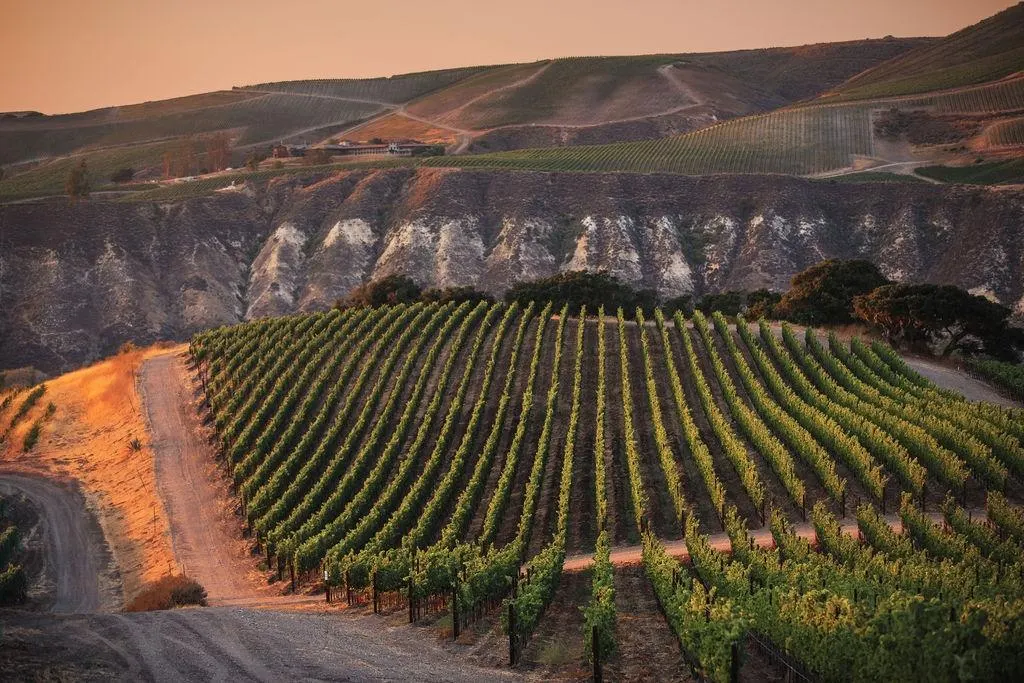
Not far from Santa Barbara is the Sta. Rita Hills appellation, home to some outstanding cool climate Chardonnay and Pinot Noir. With Burgundy set to get even more ex...
Read more ▸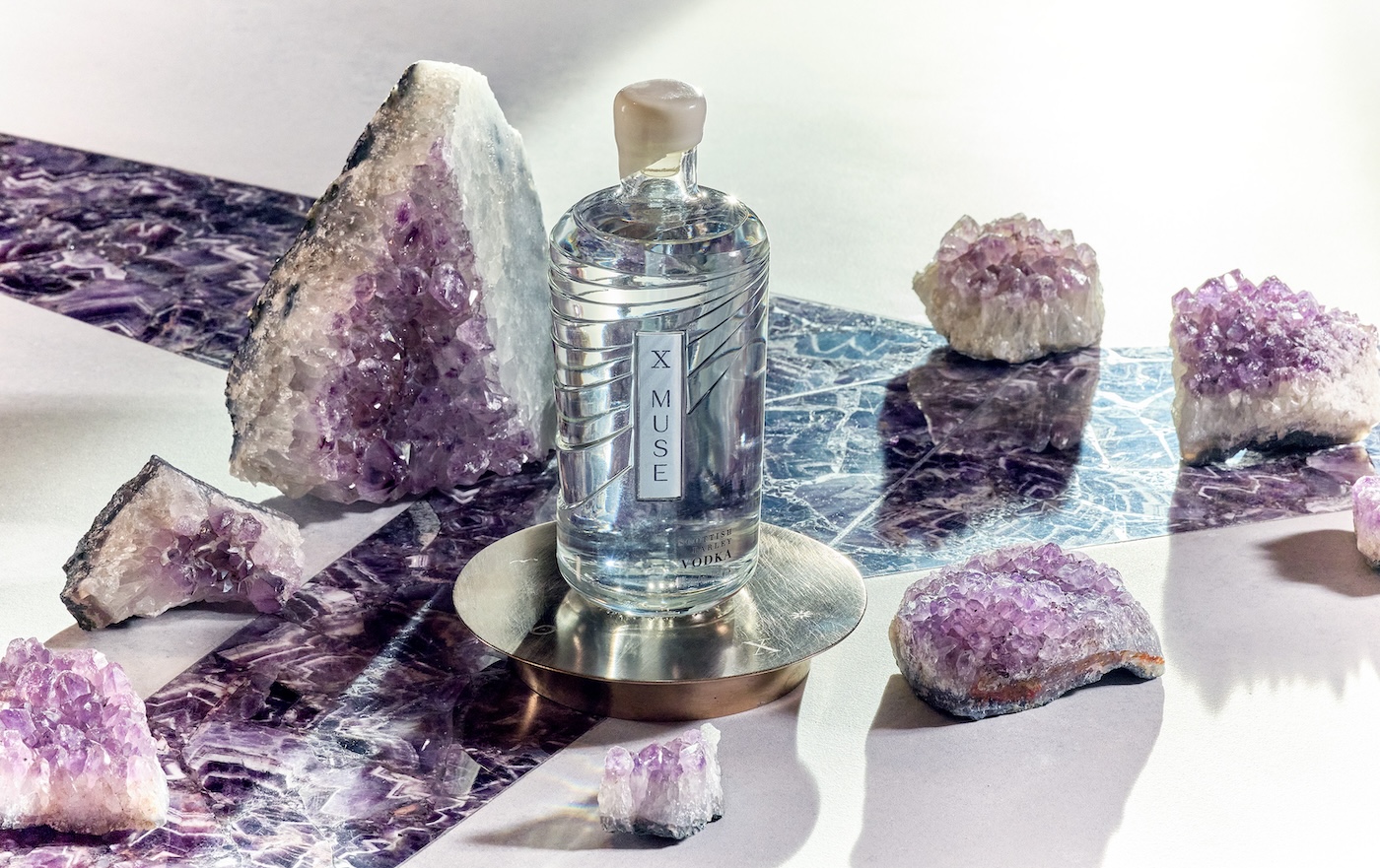
X MUSE continues to develop as an aspirational brand in the luxury vodka market. Founders Robert Wilson and Vadim Grigorian contemplate what’s behind its intellige...
Read more ▸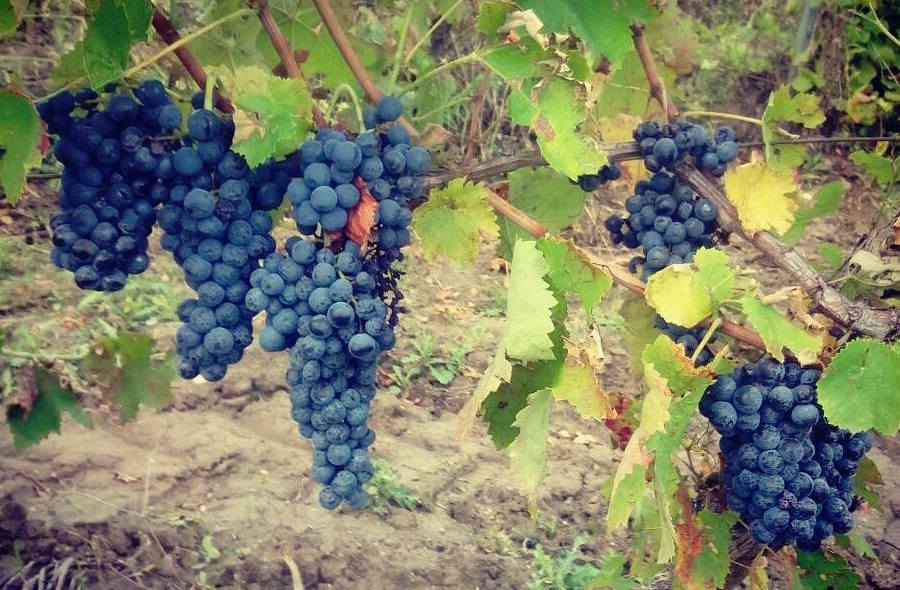
Now that producers are reducing the amount of oak they use and pursuing terroir-first wines, the different personalities of Aglianico, Southern Italy’s key red win...
Read more ▸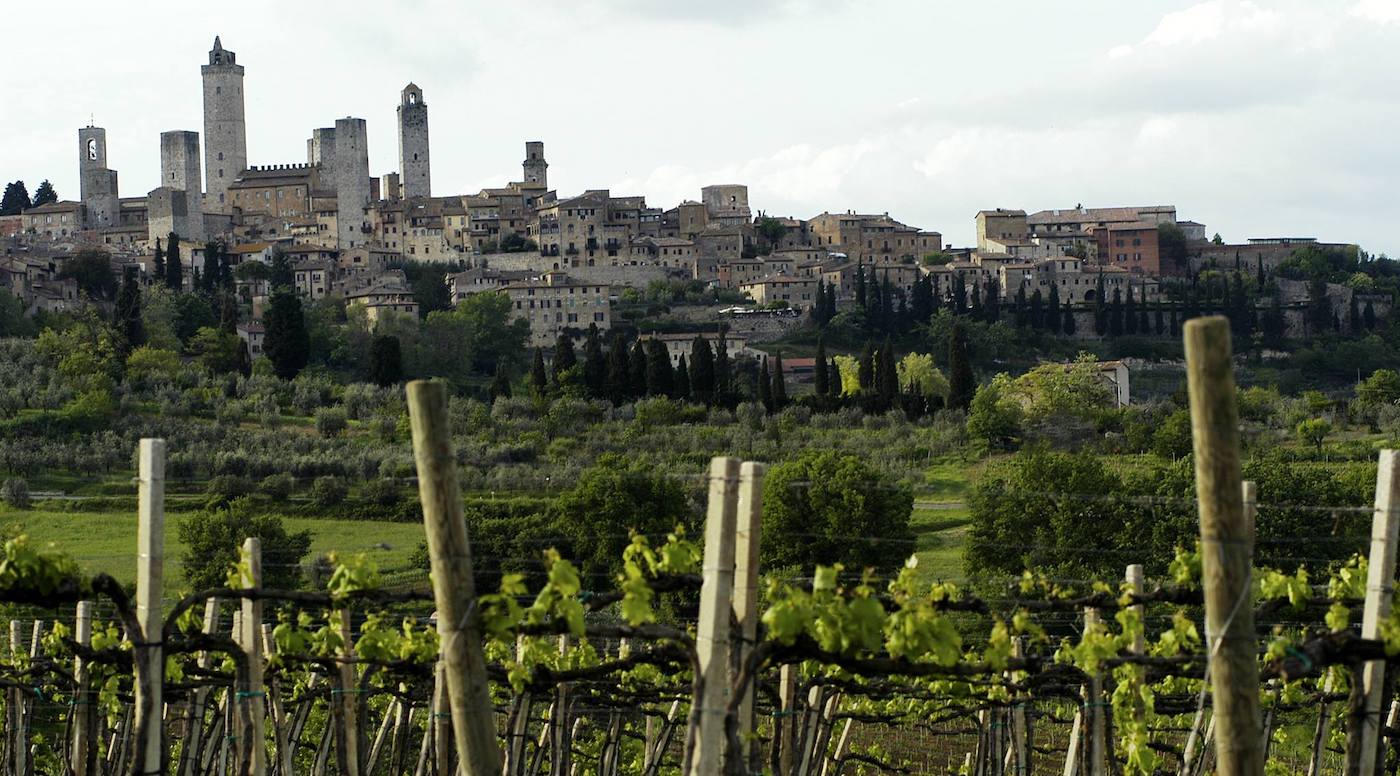
Producers of Vernaccia di San Gimignano DOCG are slowly but surely shaking off a reputation for bland and insipid wines. The combination of attractive new releases a...
Read more ▸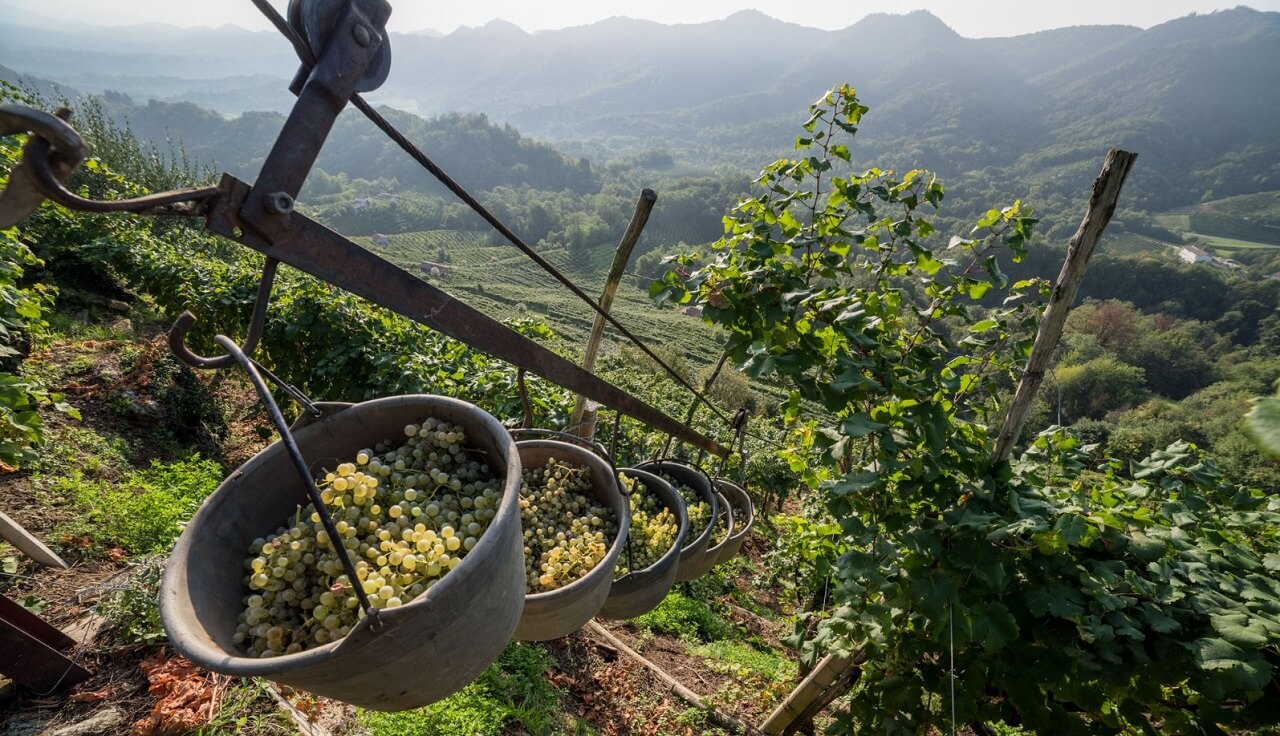
Paul Caputo looks at the growing interest around single vineyard Prosecco and contemplates the significance of heroic viticulture. How important is terroir in the Co...
Read more ▸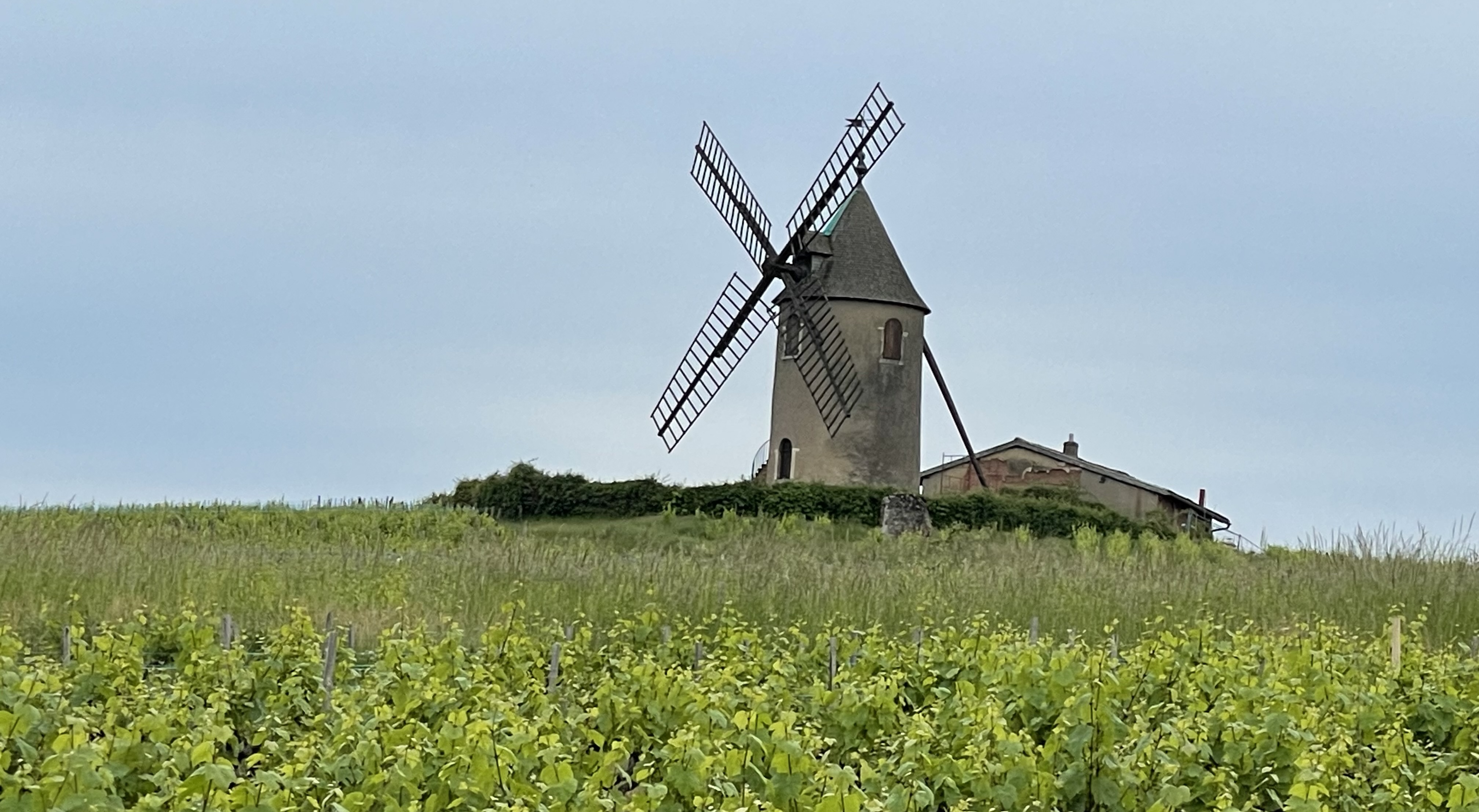
As growers celebrate 100 years of the demarcation of Moulin a Vent's vineyards, it looks forward to a more Burgundian approach to classifying its best sites....
Read more ▸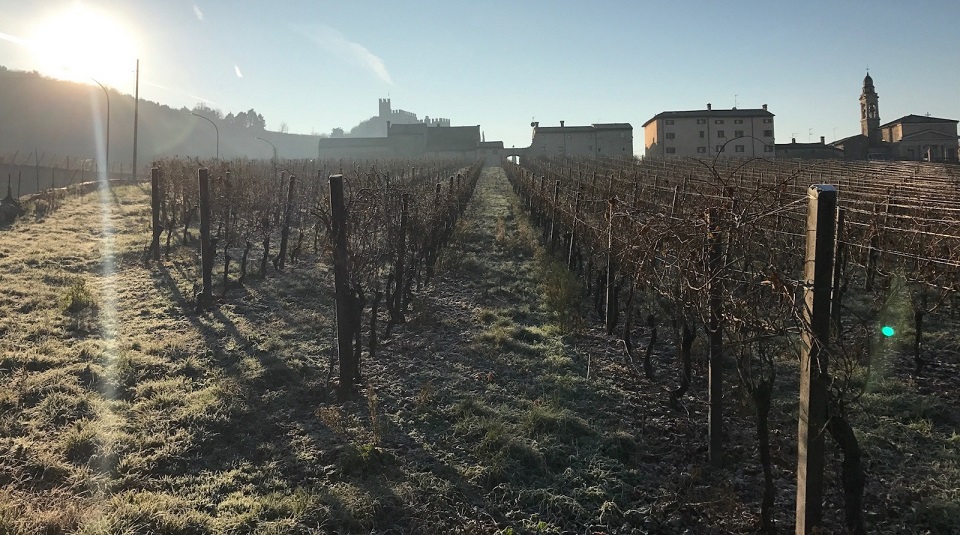
Something has happened to Soave in the last decade. It seems to have gone from being one of the most uninspiring names in wine to one of the most spectacularly under...
Read more ▸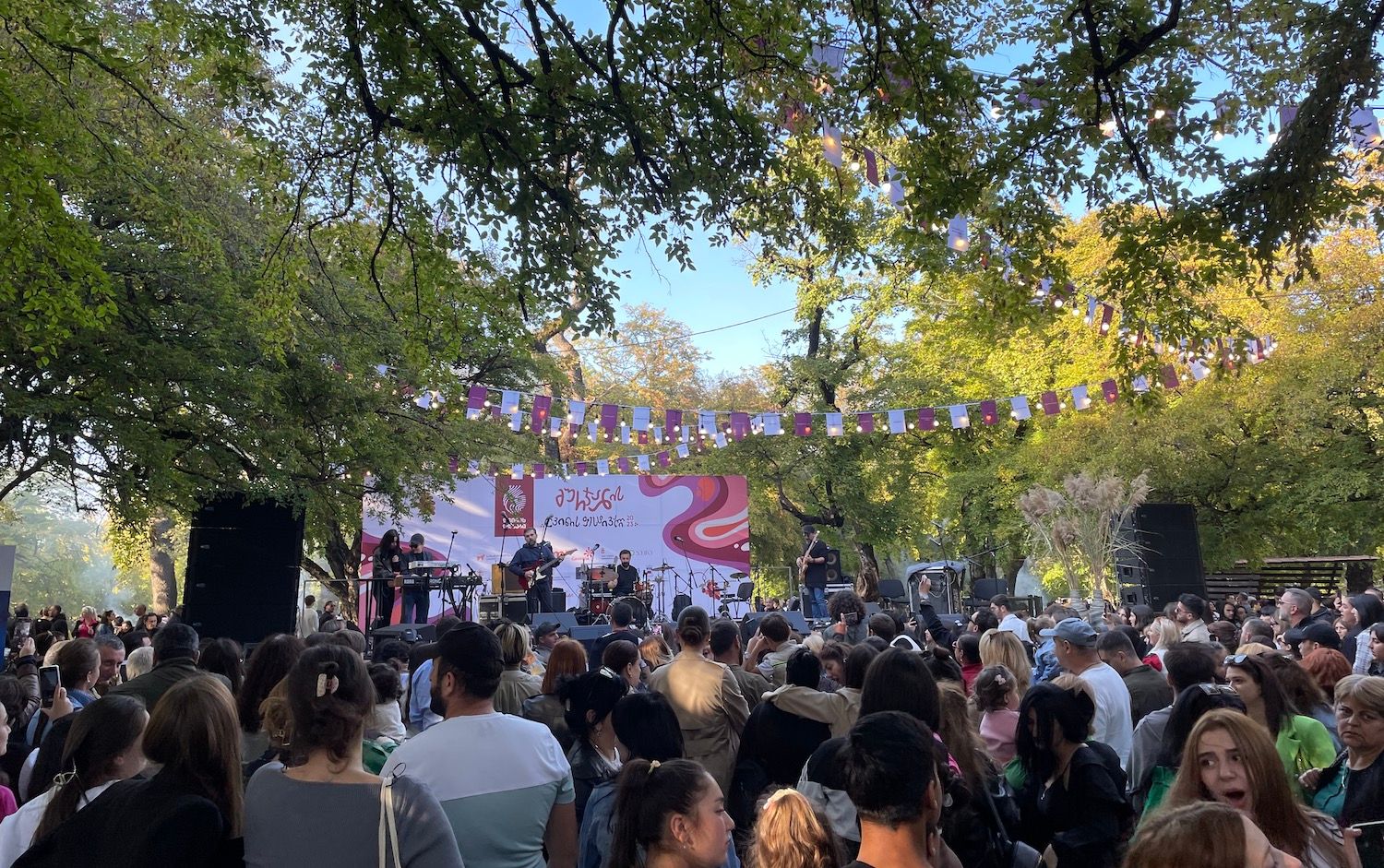
The Gurjaani Wine Festival in Georgia has become one of the biggest cultural and gastronomic events in the country. Here are a few reflections on Paul Caputo's first...
Read more ▸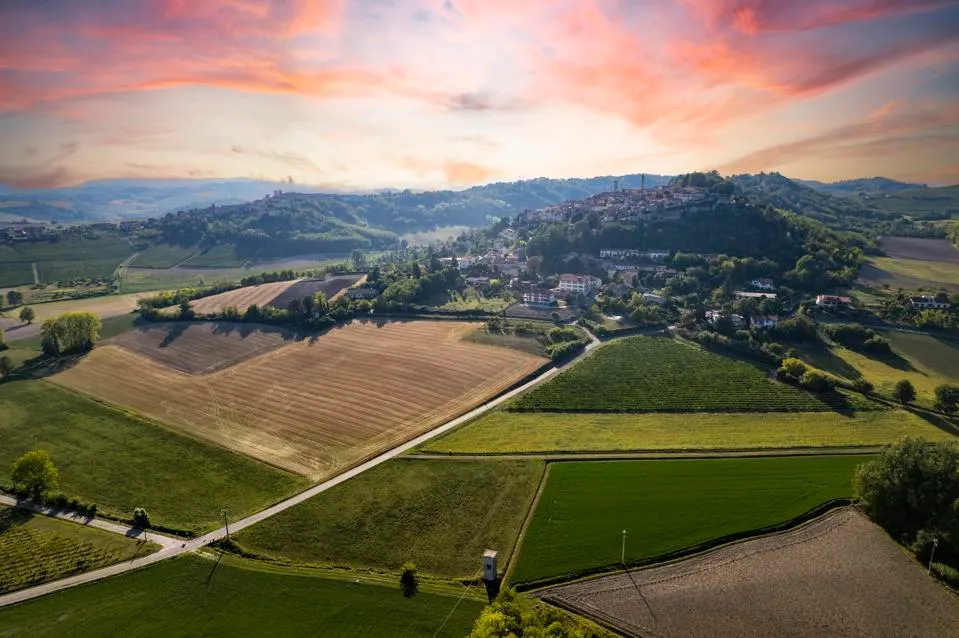
Piedmont's Grignolino grape could be very trendy. Its light body and red fruit flavours are in stylistic demand, but what's holding it back?...
Read more ▸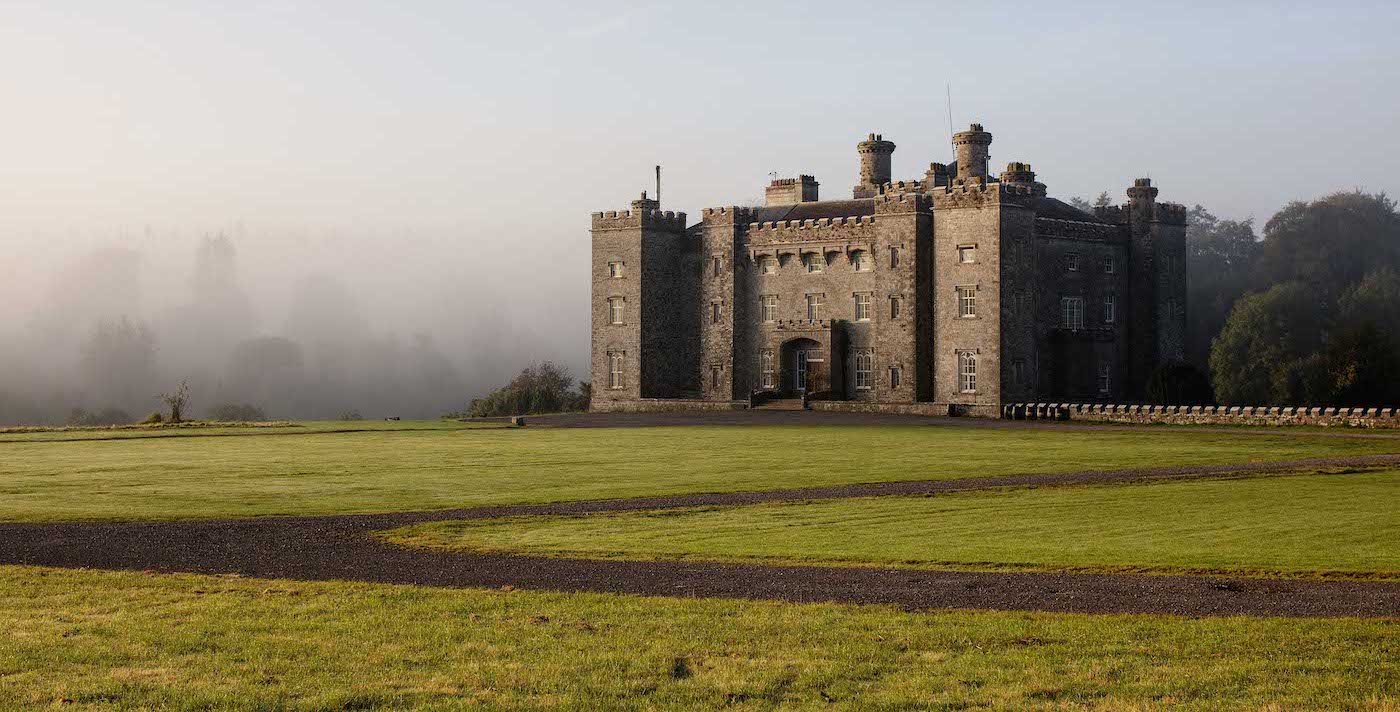
The story of how the Conyngham family invested in music festivals and whiskey production to keep their 300-year-old estate relevant, blending heritage with innovatio...
Read more ▸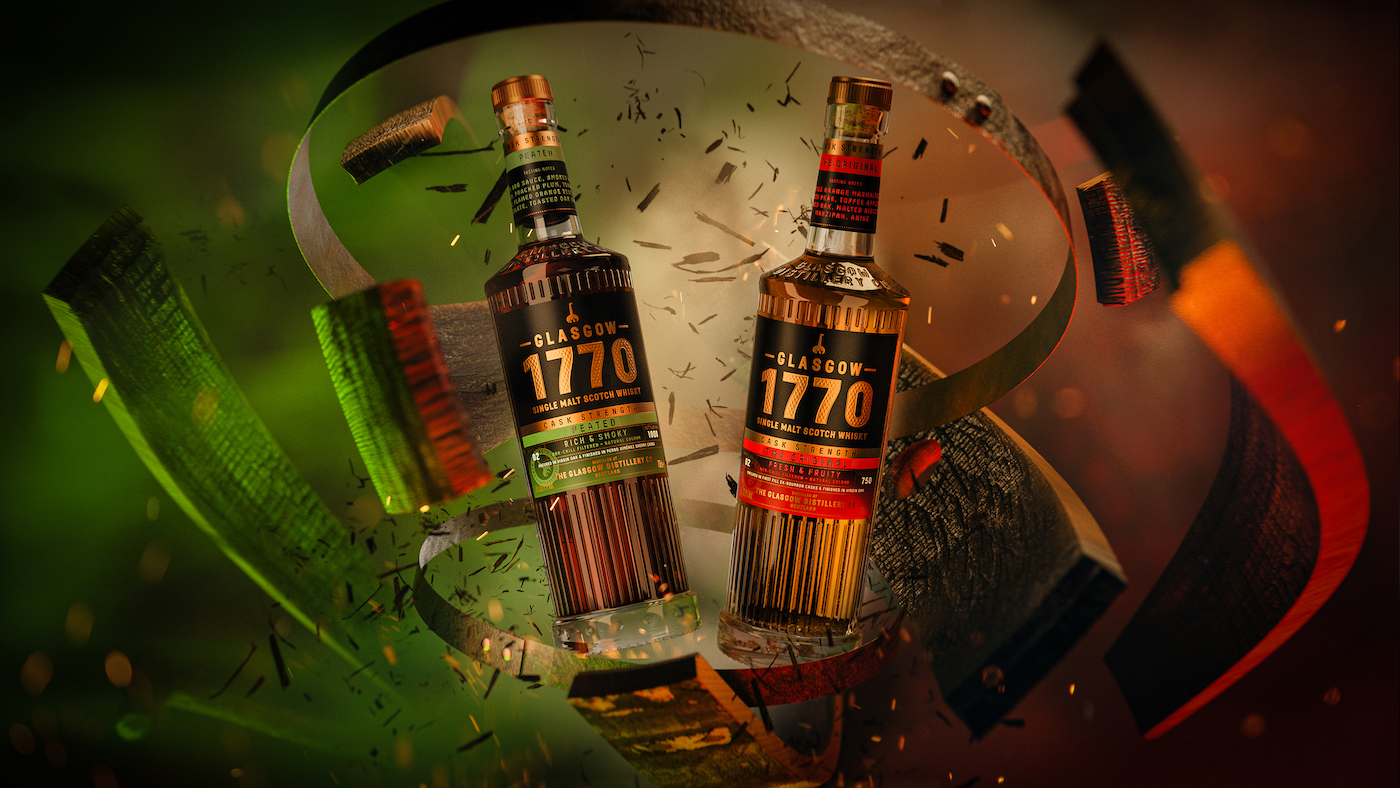
The Glasgow Distillery has launched a second batch of its Glasgow 1770 Cask Strength single malts, featuring unpeated and peated editions with ABVs of 59.5% and 60.7...
Read more ▸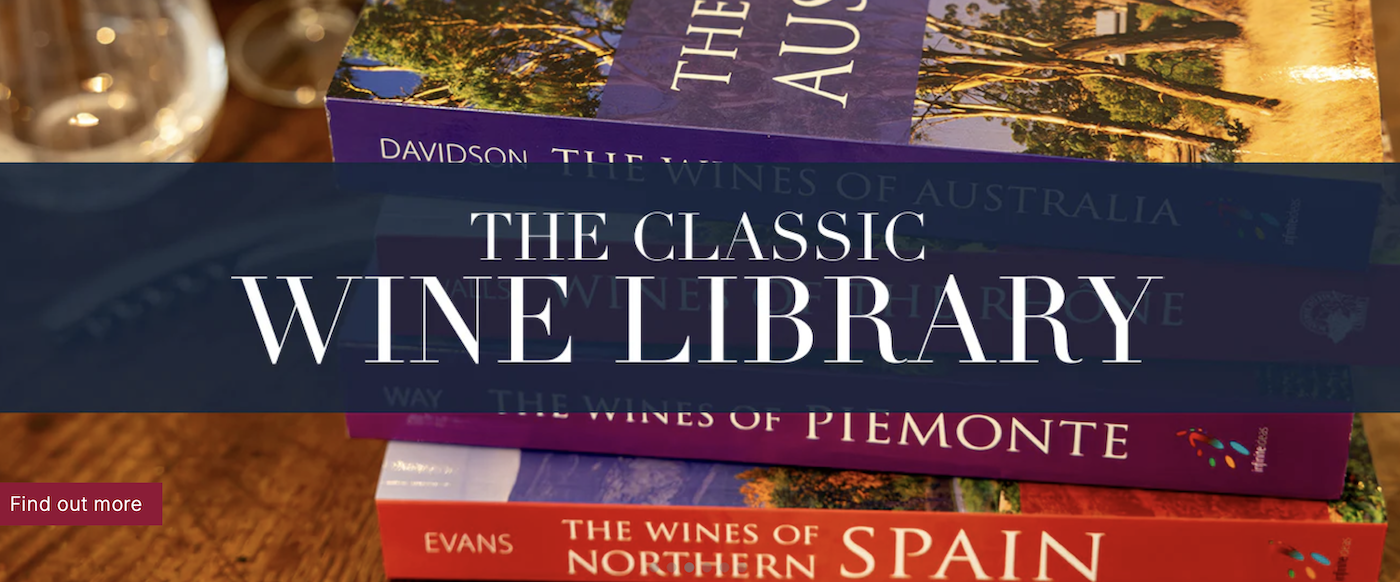
I'm really happy to announce I'll be writing the Tuscany edition of Academie du Vin's 'The Smart Traveller's Wine Guides'. All being well, it will be out in early s...
Read more ▸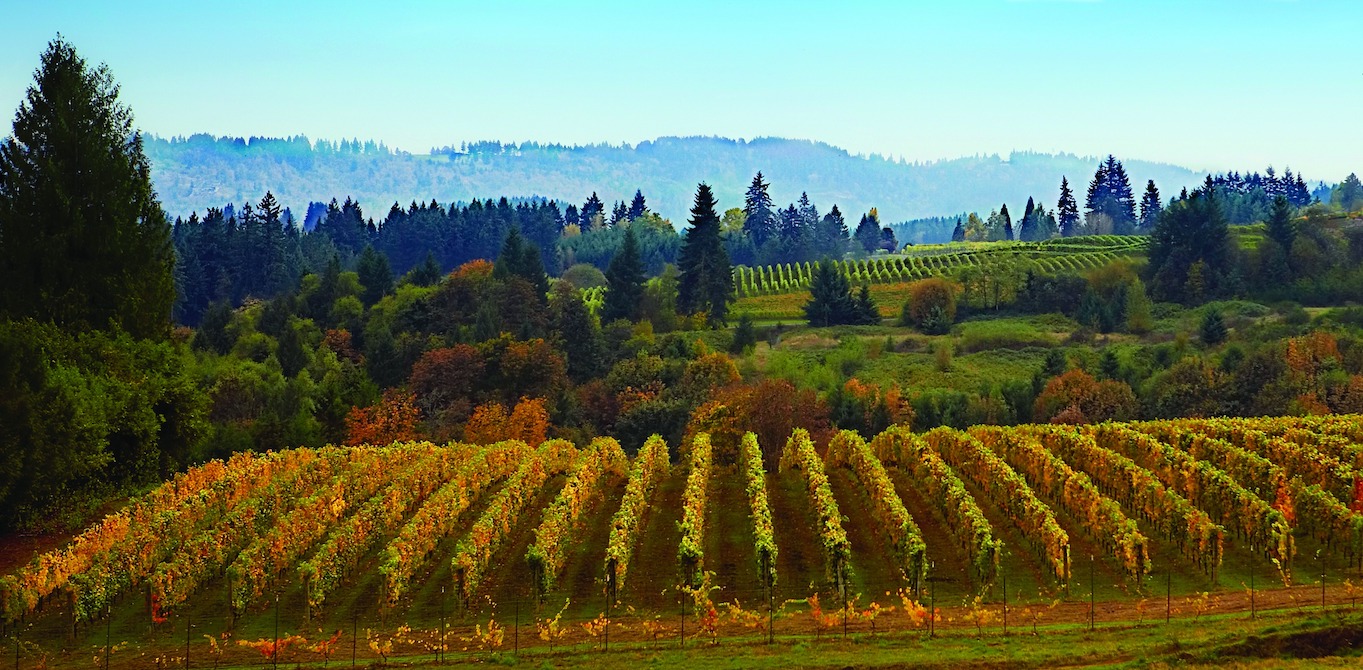
Oregon makes some of the best Chardonnay and Pinot Noir in the world. Here are 12 Willamette Valley names that should be on your radar....
Read more ▸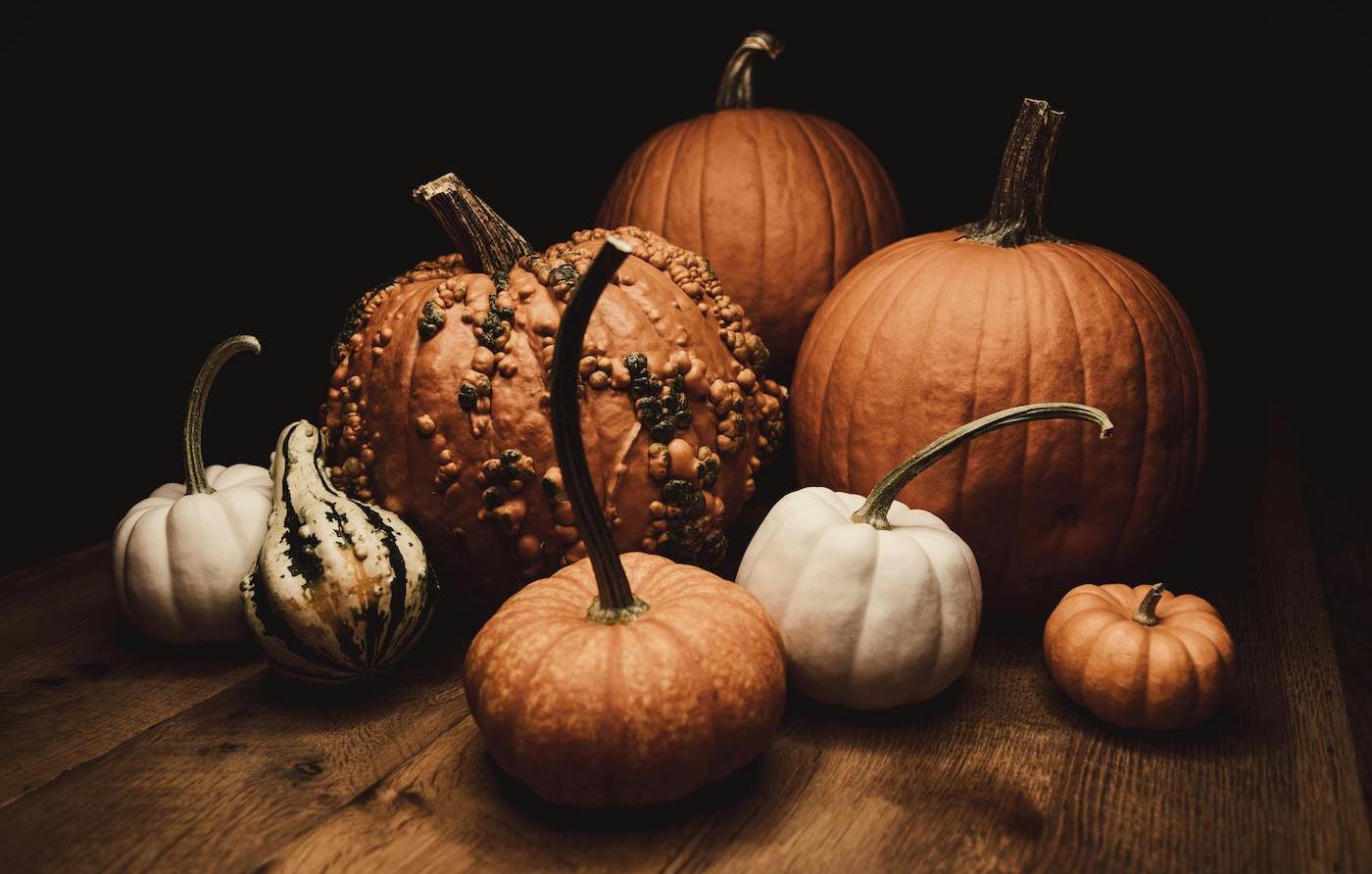
It's starting to get colder in the UK. Heavy rain and darker nights have set in. Here are a few highlights from my tasting (and drinking) this month. ...
Read more ▸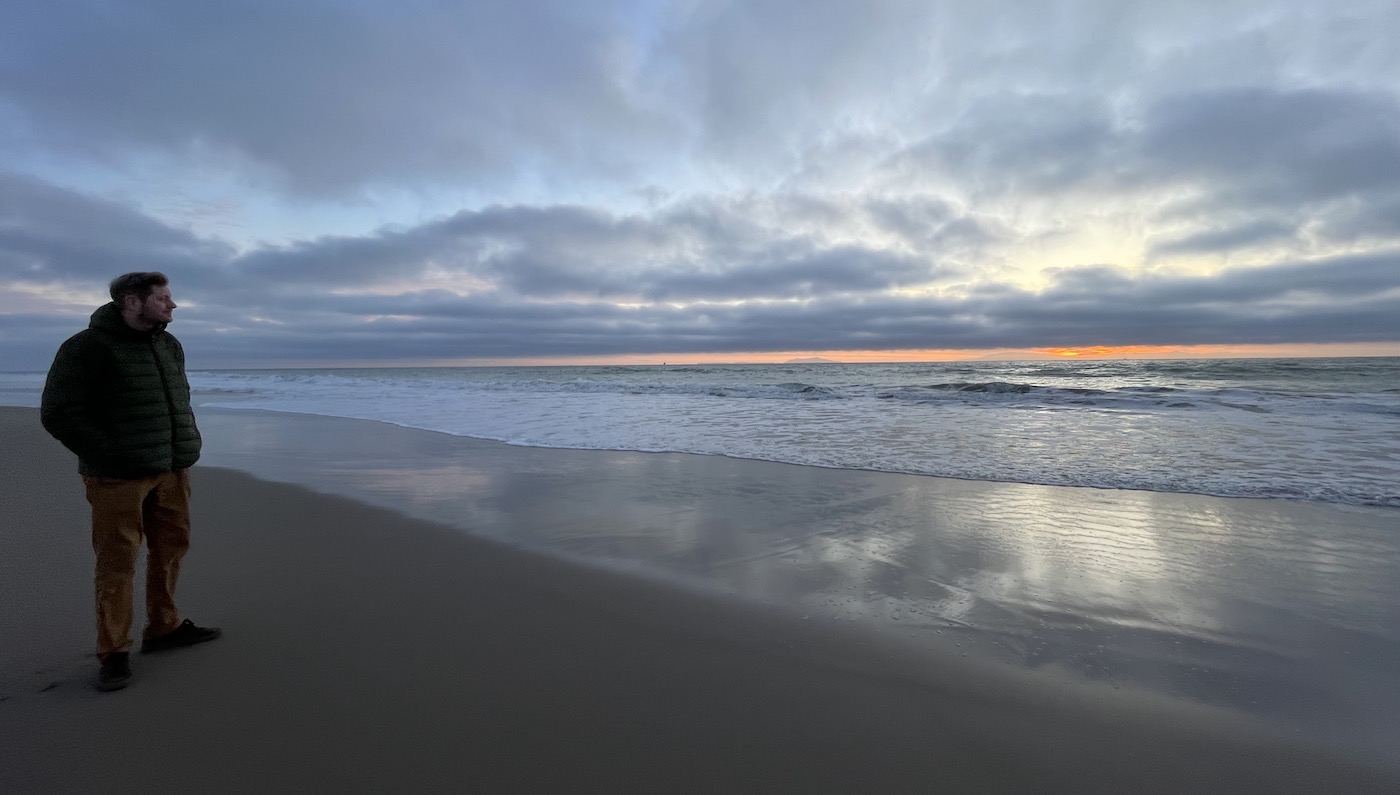
The Vinorandum database and website has been upgraded and went live on November 1st....
Read more ▸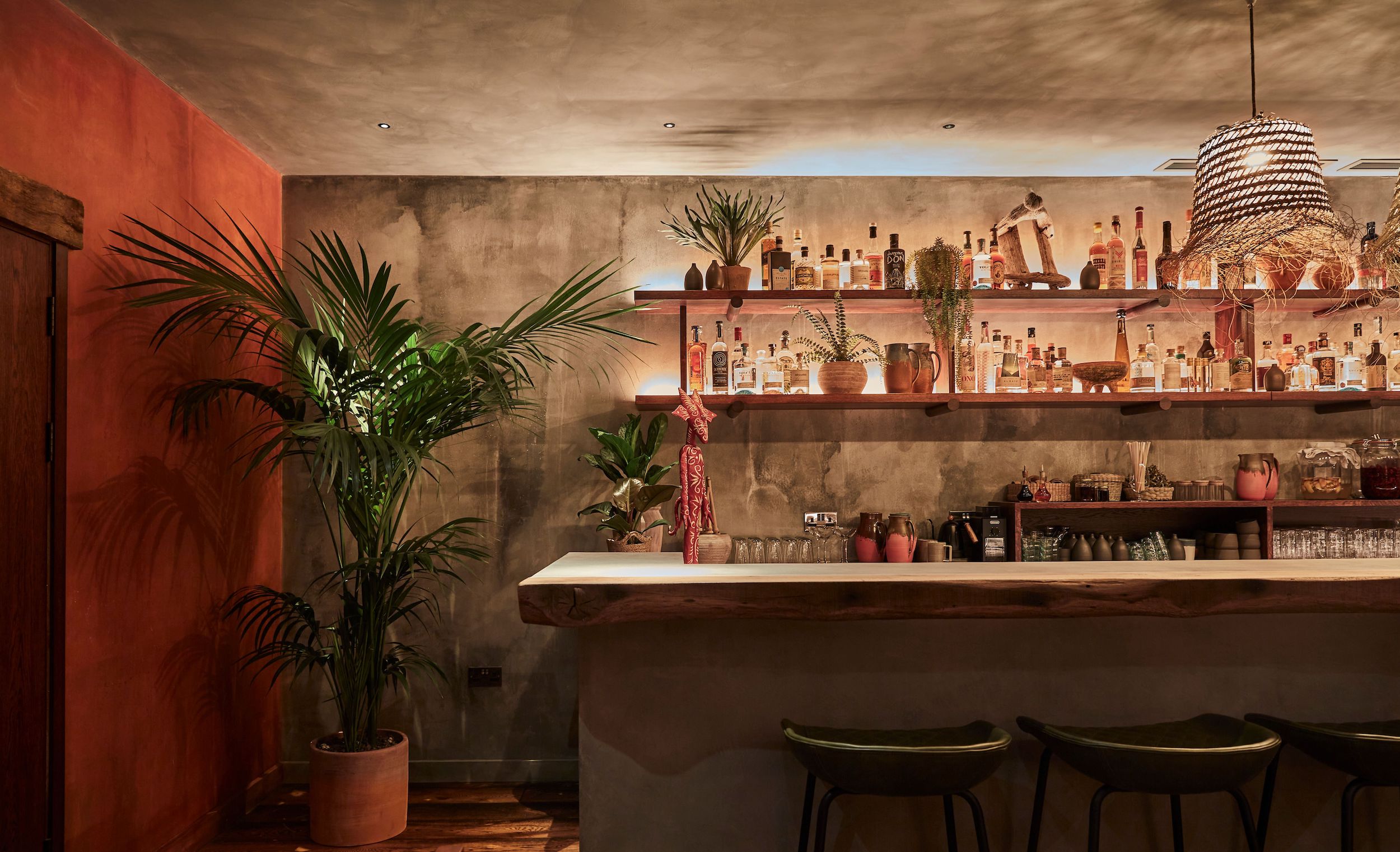
KOL’s Michelin-starred interpretation of Mexican cuisine leverages mezcal and its culture to become Europe’s most important stage for the increasingly popular ag...
Read more ▸
The Santa Ynez Valley is a wine lover's paradise, offering a variety of top-tier wine bars and restaurants. This guide highlights the best spots to enjoy local wines...
Read more ▸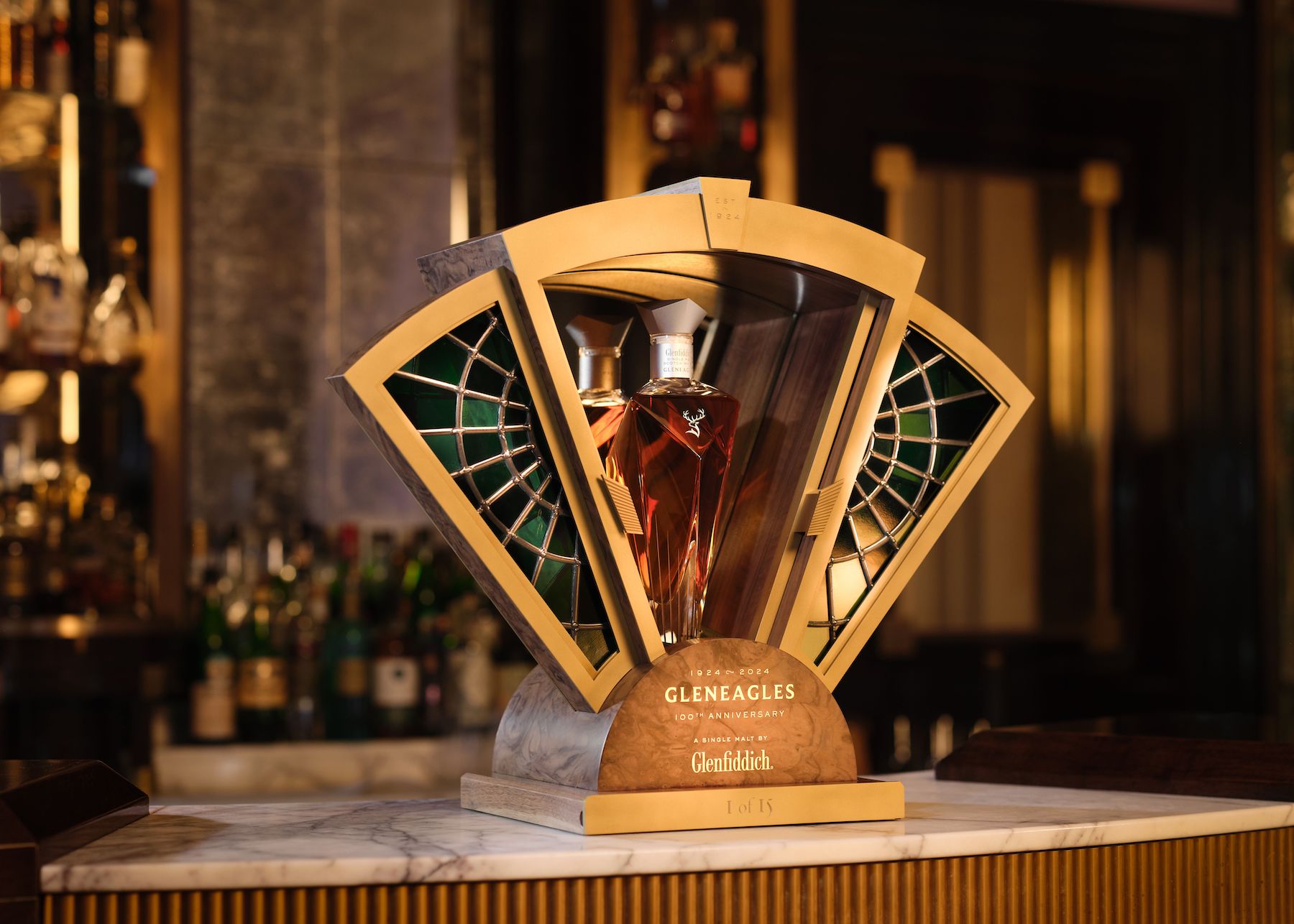
The iconic Scottish hotel is celebrating 100 years of premium hospitality with the release of a rare cask whisky from the archives of Glenfiddich....
Read more ▸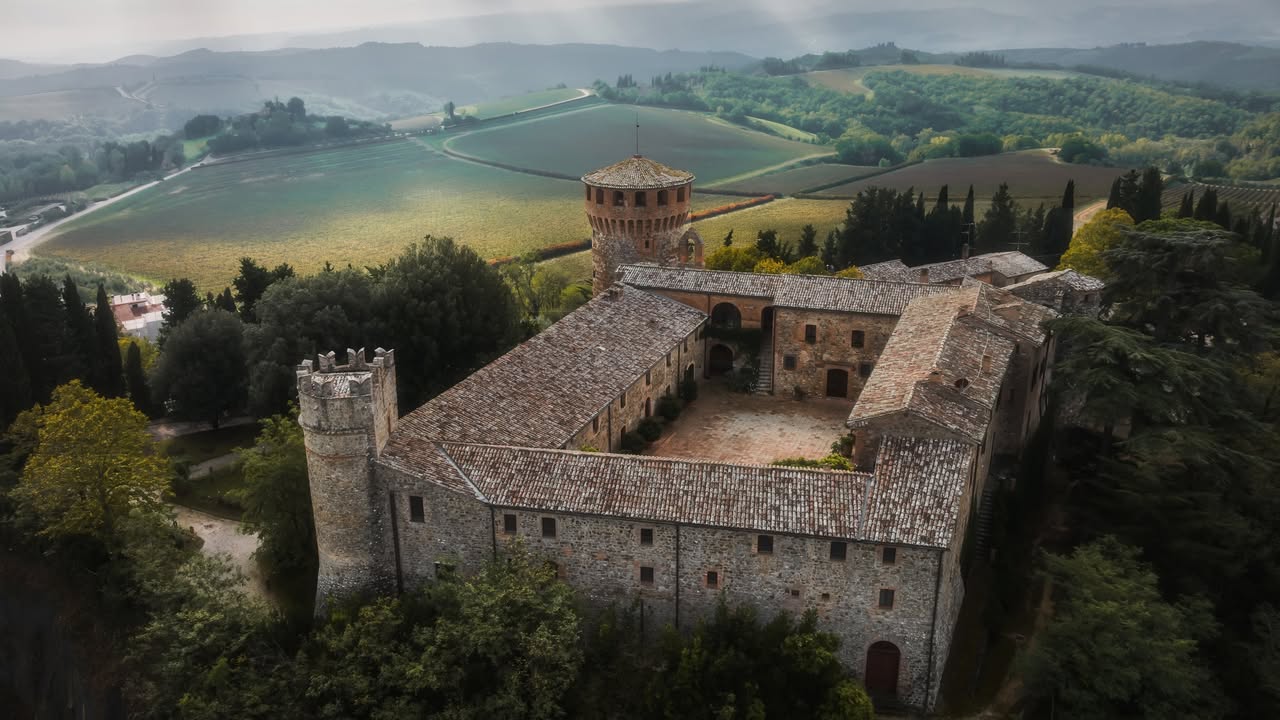
Paul Caputo picks 50 estates from Italy’s vast, vibrant and constantly improving roster of thousands of wineries. If you’re short on time and need a quick guide ...
Read more ▸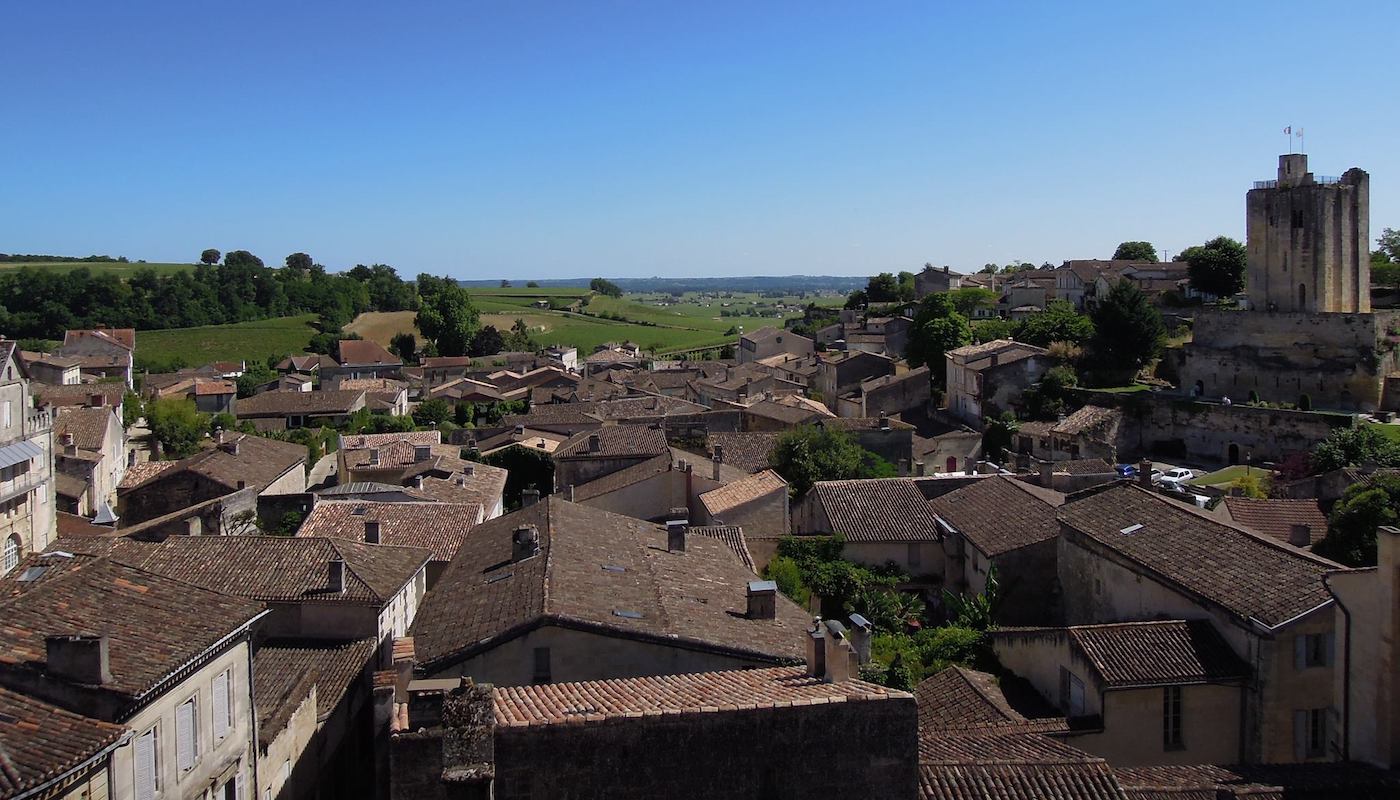
Controversy and confusion, many questions and some answers. Here's the 2022 revision of the Saint-Émilion Classification...
Read more ▸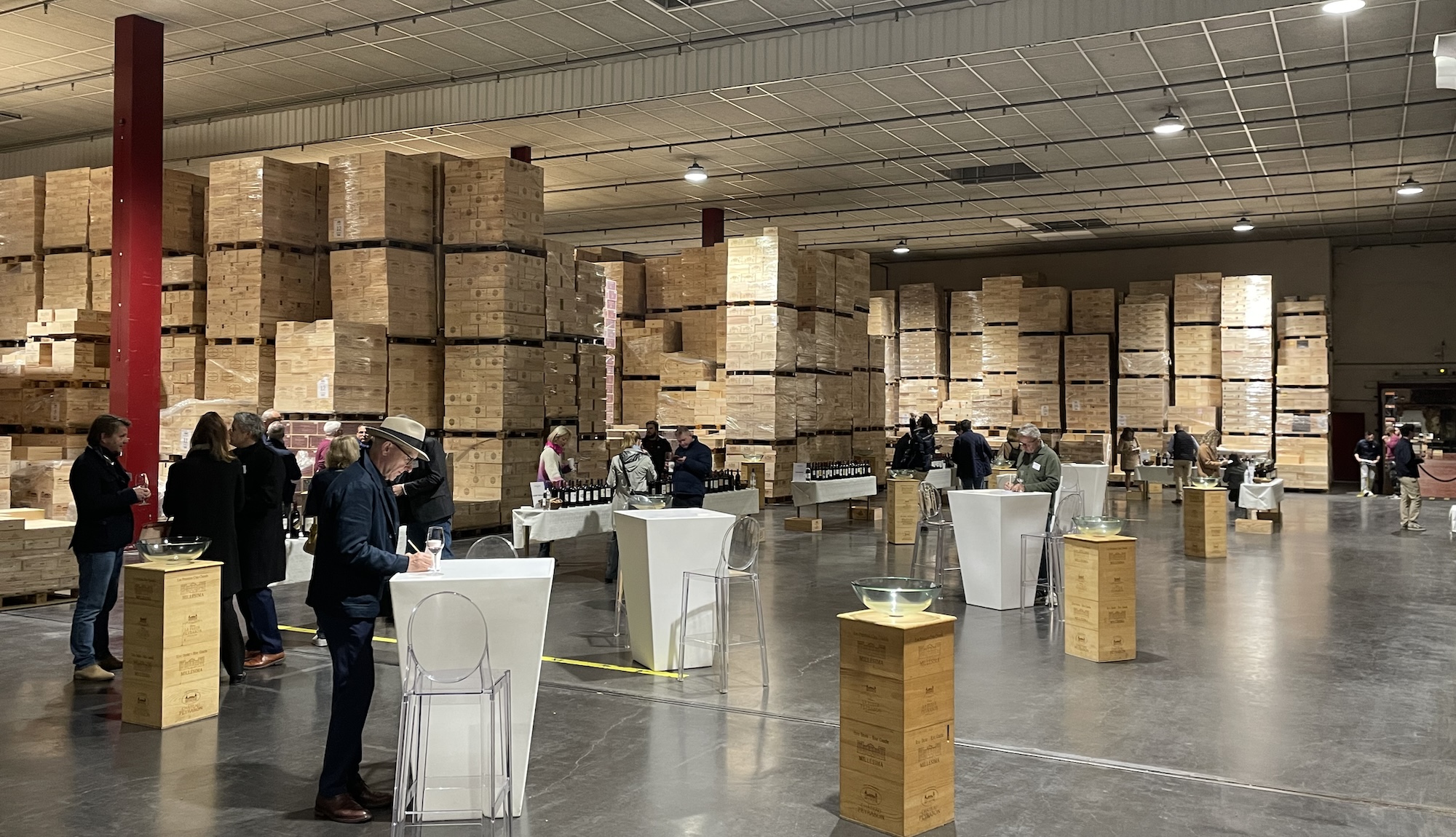
Bordeaux’s top wines of 2022 carry a huge amount of hype. Here are some reflections and opinions on the wines tasted at Millesima's Panoramic tasting in April 2024...
Read more ▸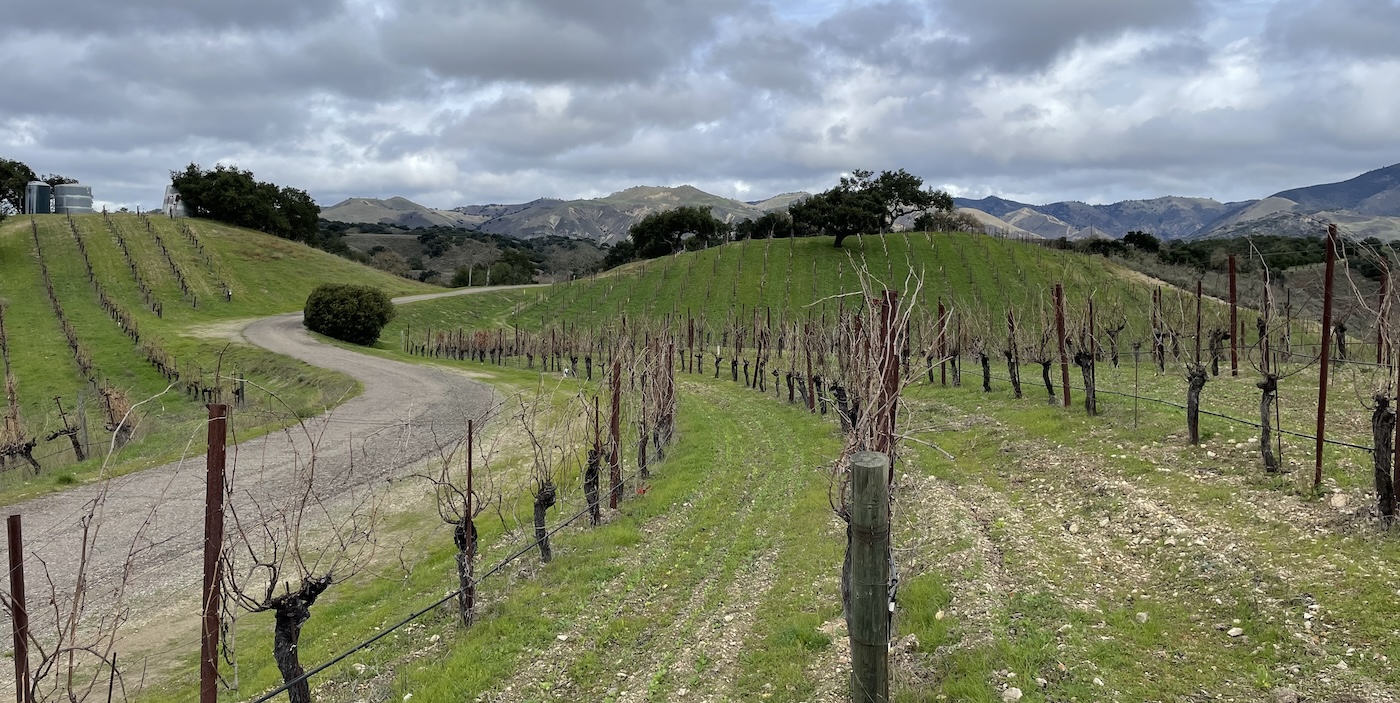
The nested AVAs of the Santa Ynez Valley need to be on your radar. Producing some of the best Chardonnay and Pinot Noir in California, they are a must-know for lover...
Read more ▸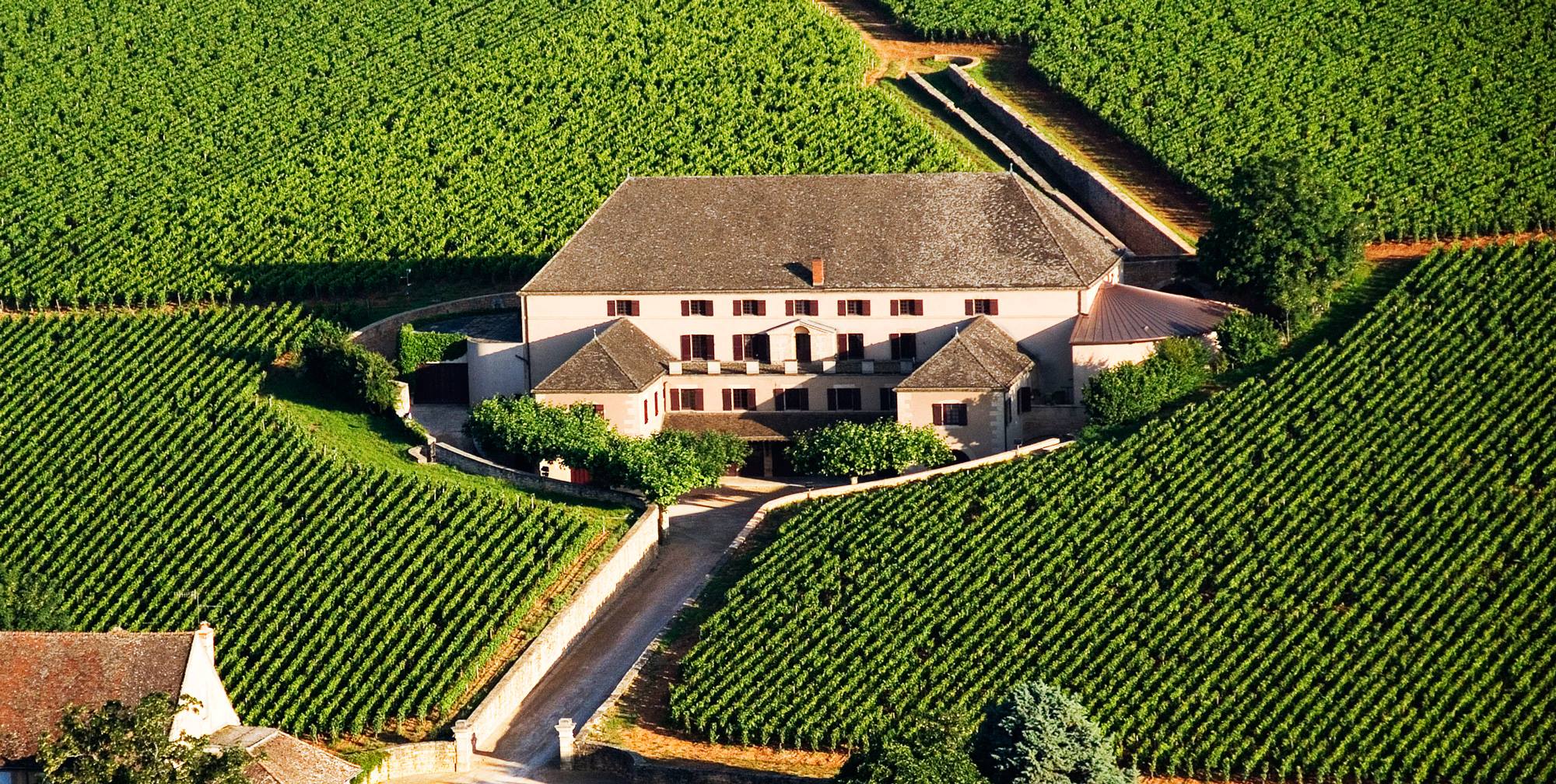
Some reflections on how Maison Louis Latour is equipping itself for the future. ...
Read more ▸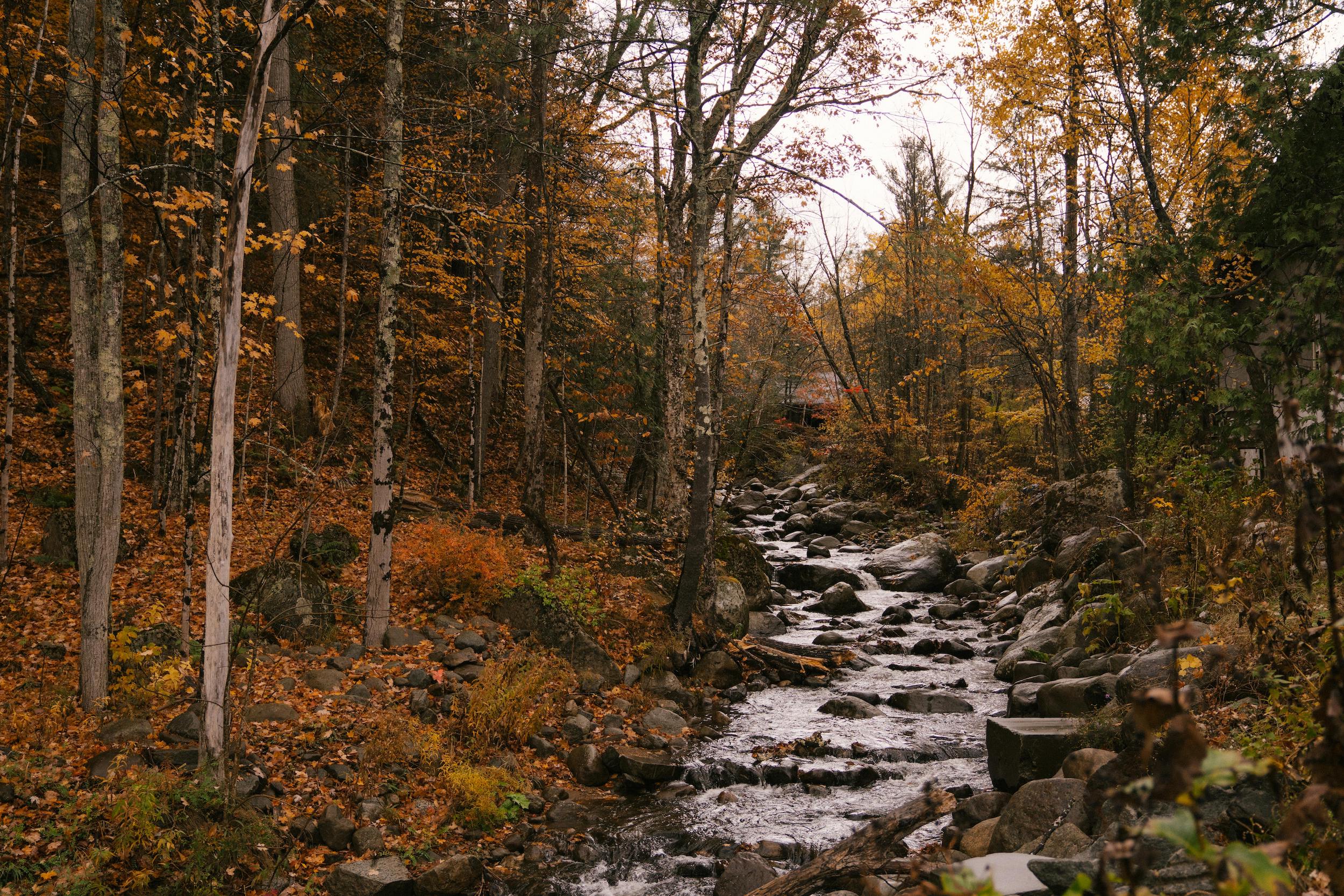
A selection of standout wine moments from September, featuring wines from Chianti Classico, Beaujolais and Oregon....
Read more ▸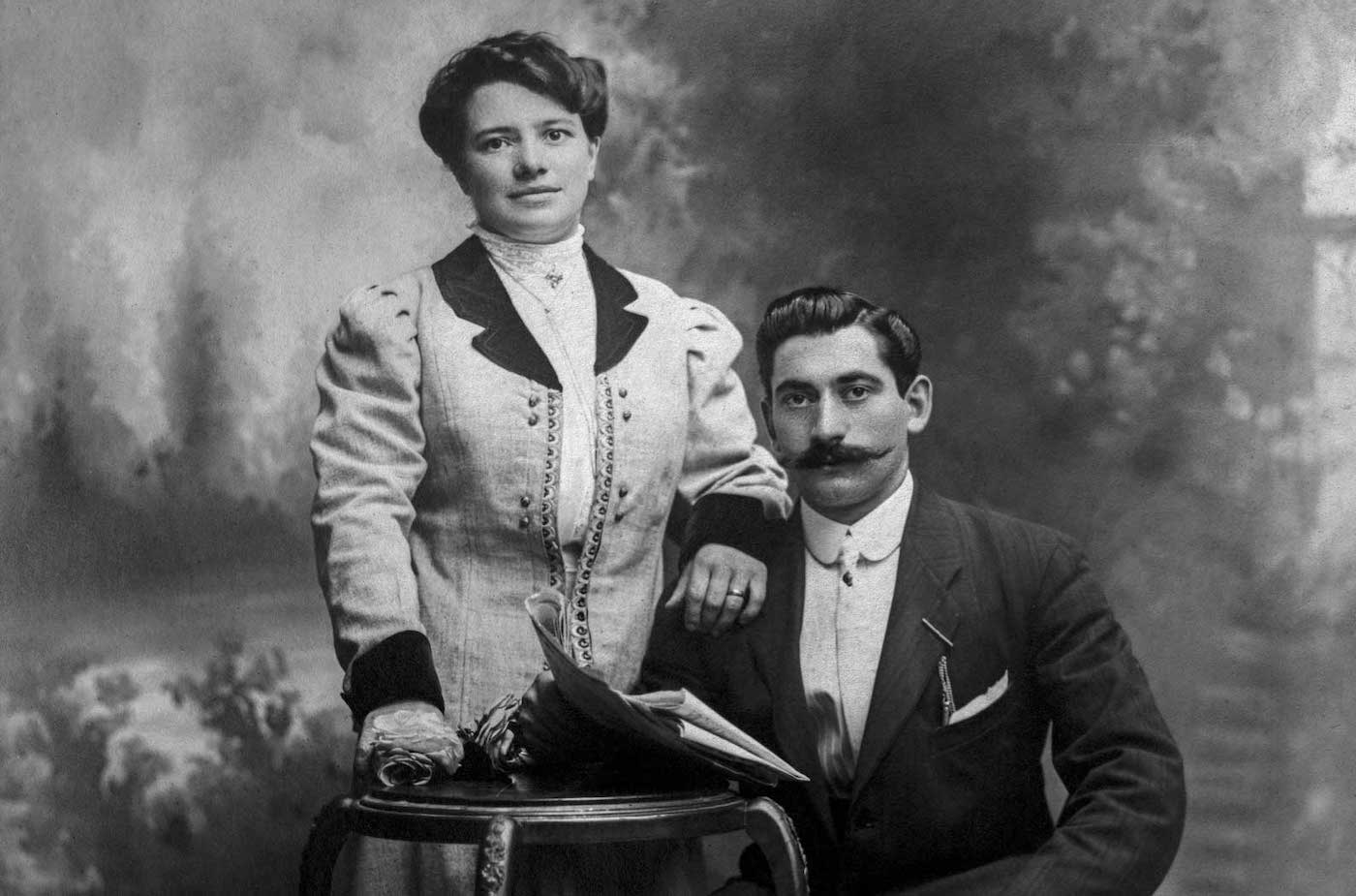
Despite its deep roots in French culture, Armagnac has transformed from a regional brandy into a globally recognized spirit. From its first mention in the 14th centu...
Read more ▸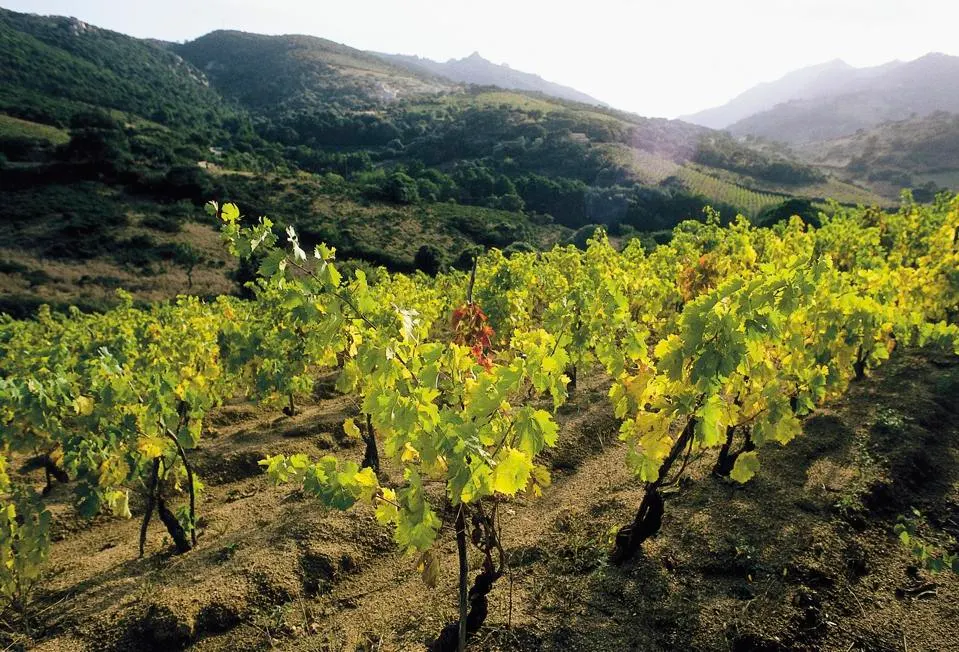
Some thoughts on Vermentino's resilience when it comes to higher temperatures and drier soils. Here's what some winemakers in warm climates think about the Sardinian...
Read more ▸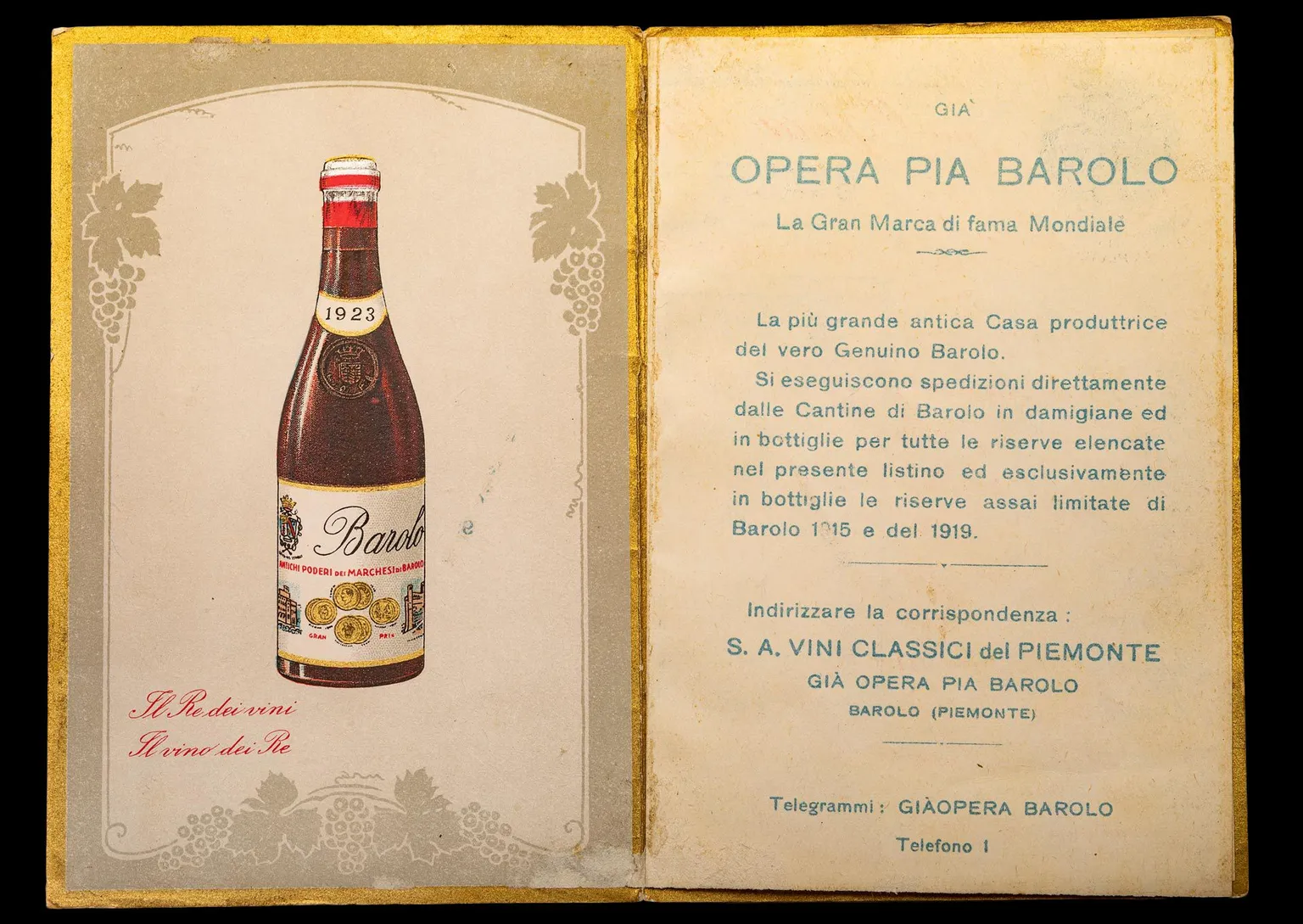
Despite noble and royal connections in the 19th century, the village of Barolo has rapidly evolved from a fairly obscure Piedmontese wine to one of the world's most ...
Read more ▸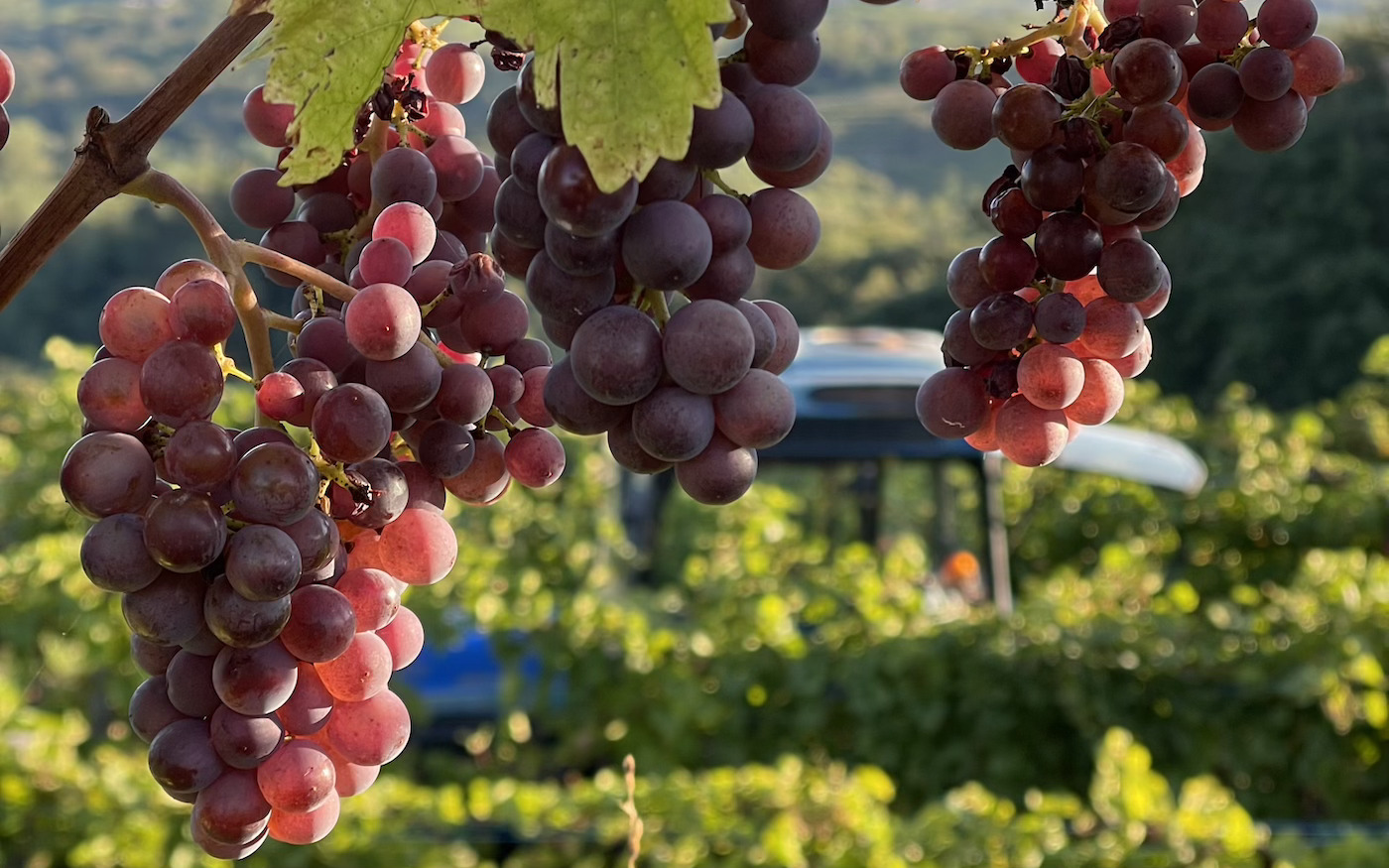
Paul Caputo considers Friuli-Venezia-Giulia's traditional expression of Pinot Grigio and famous copper colour....
Read more ▸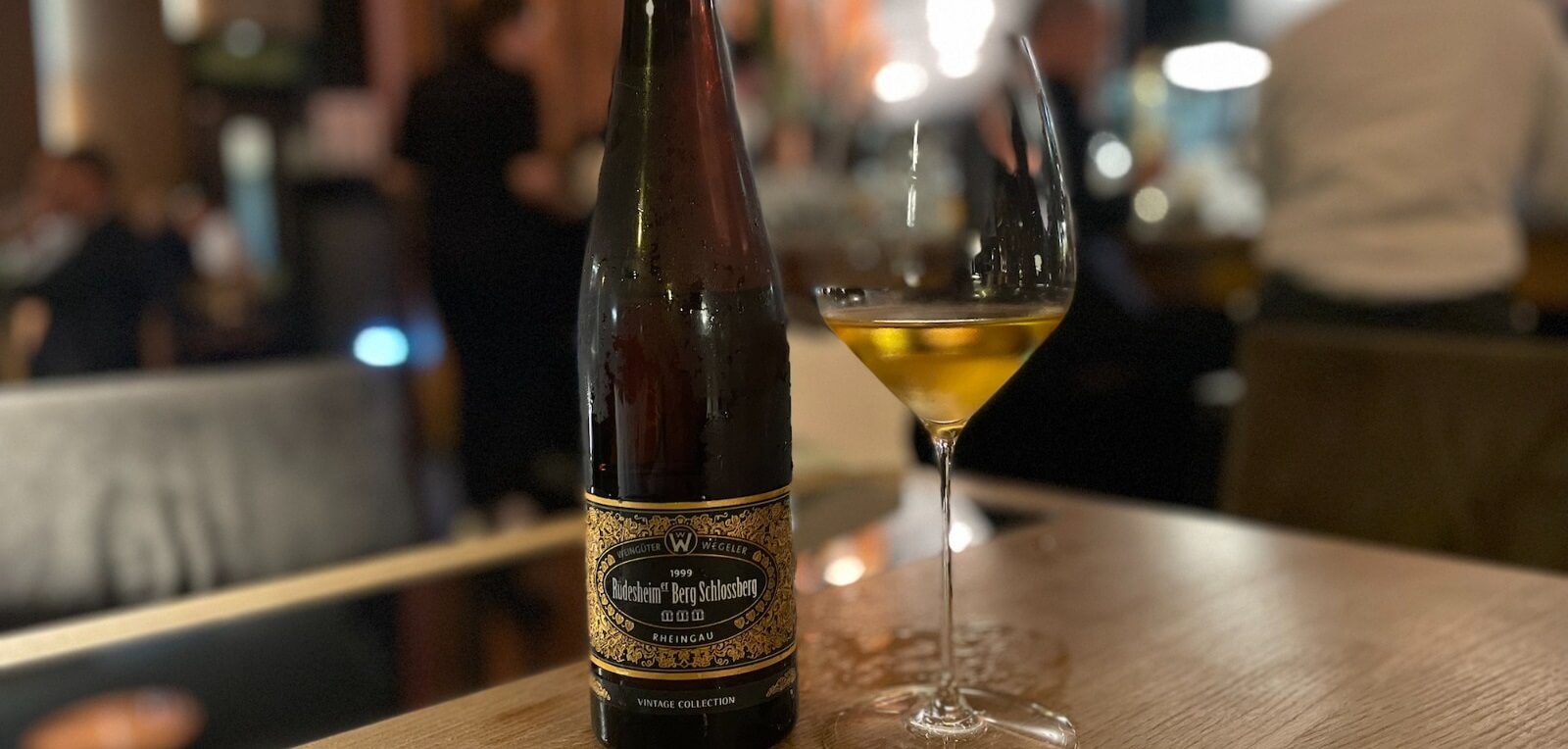
To close down a busy few days of tasting with the VDP (an association of over 200 growers from all over Germany), Paul Caputo stopped in at Heimat in Frankfurt to ra...
Read more ▸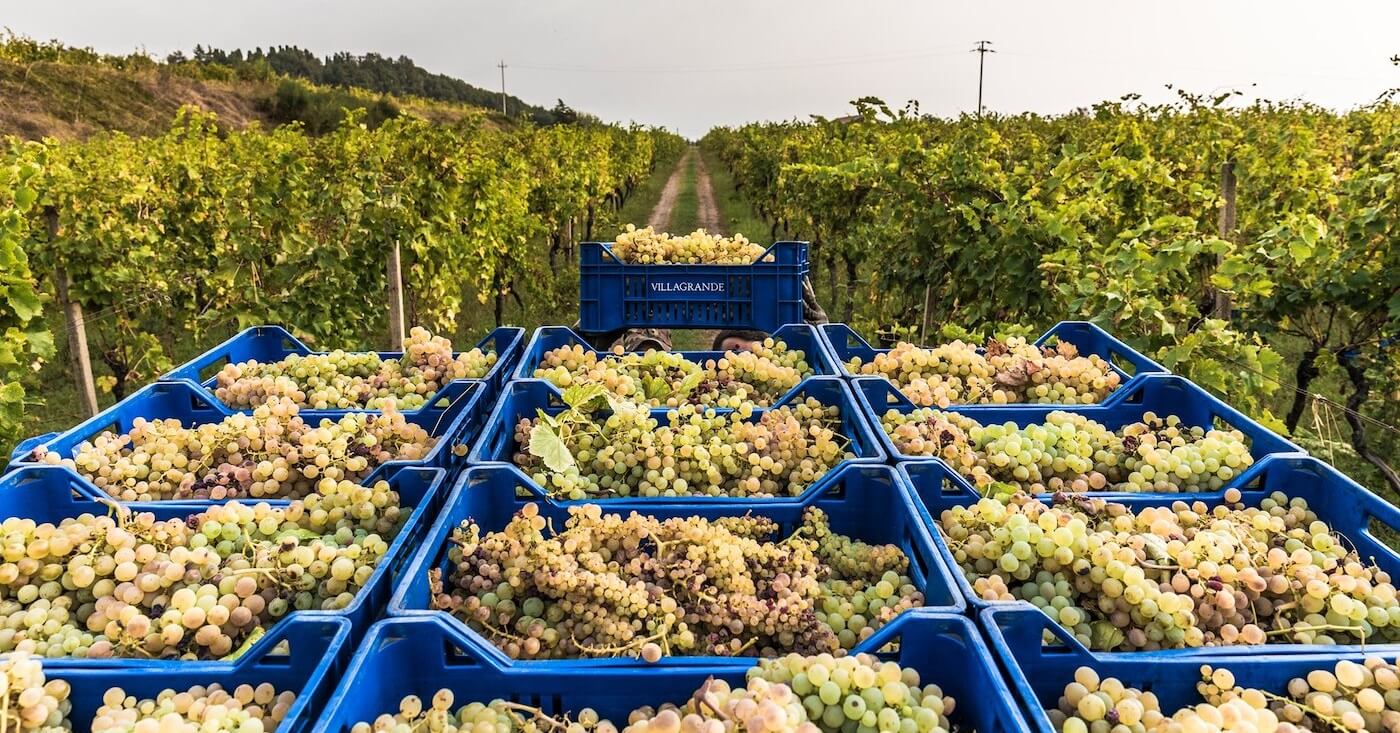
Etna’s evocative landscapes conjure thoughts of vibrant wines that bristle with energy, tart fruit and fiery acidity. The territory is in vogue right now and even ...
Read more ▸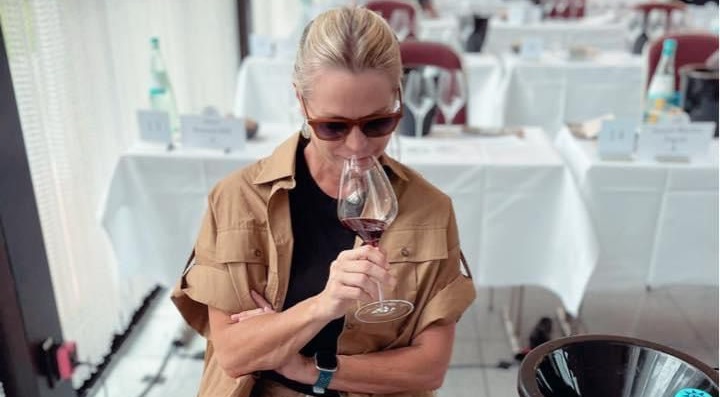
Lauren Mowery attended the 2023 preview of the VDP’s Grosses Gewächs (GG) wines in Wiesbaden. The event featured hundreds of the best dry wines in Germany, includ...
Read more ▸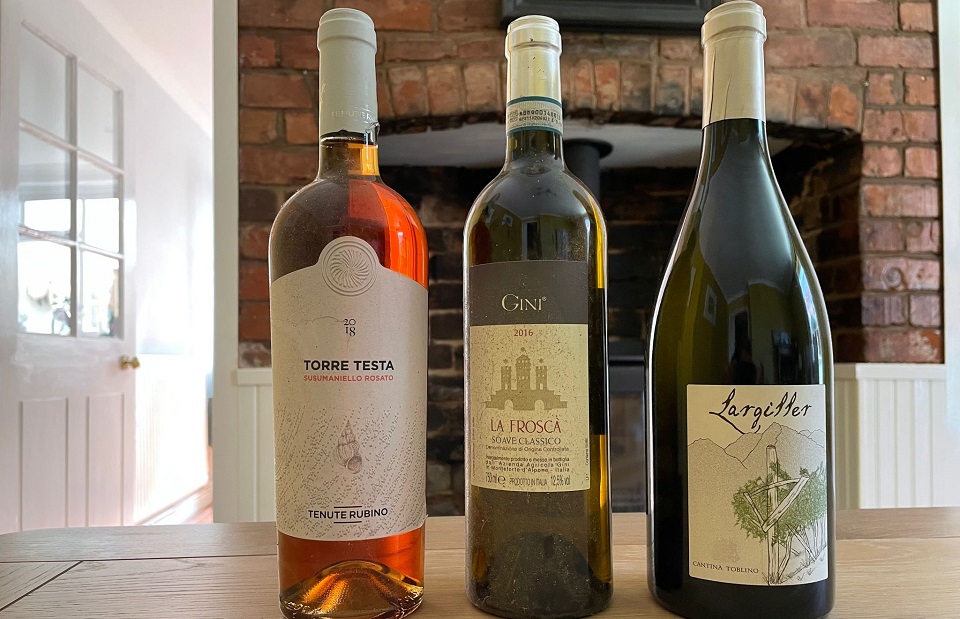
Each week Paul Caputo picks out three bottles from his cellar, a collection built up over the last 20 years in the wine trade. This first entry features a 2018 Susum...
Read more ▸
From tending vineyards to influencing winemaking techniques, women have played a pivotal role in shaping Crete's viticultural heritage. Lauren Mowery explores the un...
Read more ▸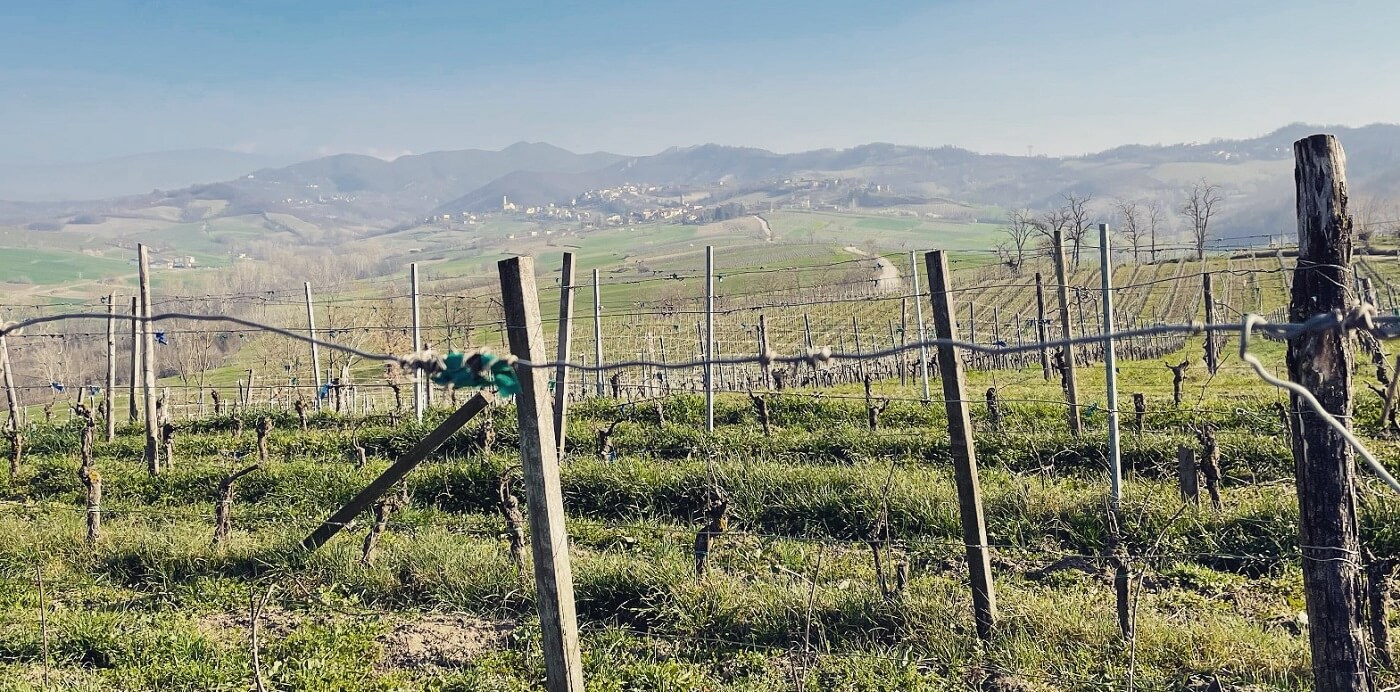
Timorasso represents one of the great comebacks of the Italian wine scene. All but lost to the archives of history it was rescued by winemaker Walter Massa and not o...
Read more ▸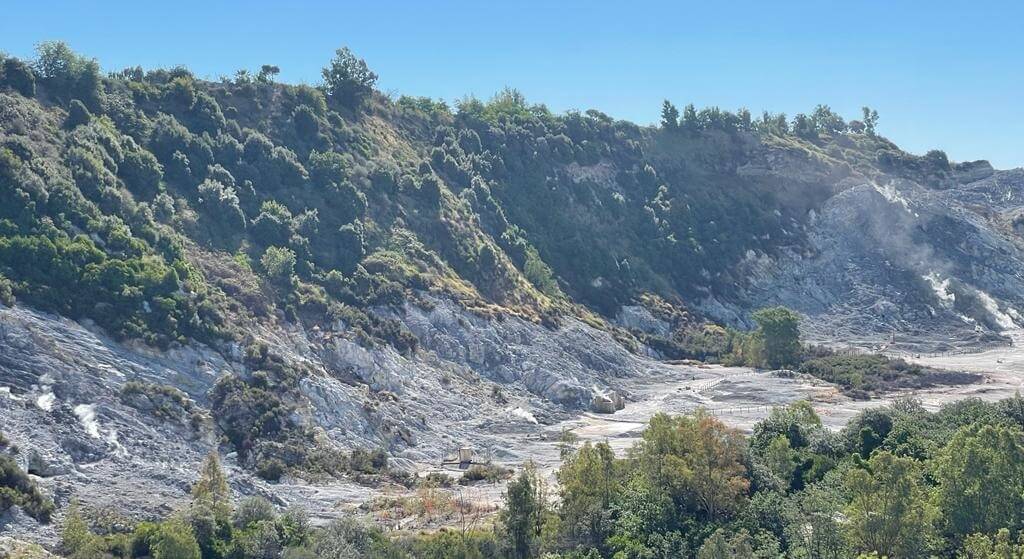
Don’t let the romantic archaeological sites, coastal lakes, beaches, thermal springs, and nature reserves fool you. This is one of the most dangerous places on ear...
Read more ▸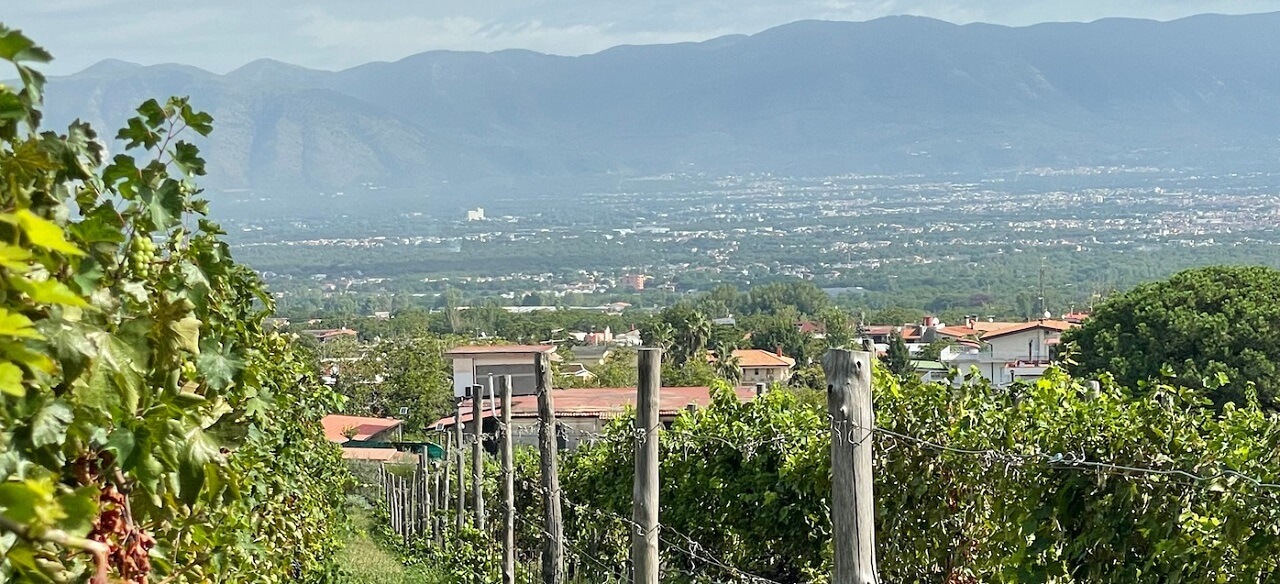
Paul Caputo has been travelling around the south of Italy for the last 15 years, tasting wines, meeting producers and tracking its impressive development. During thi...
Read more ▸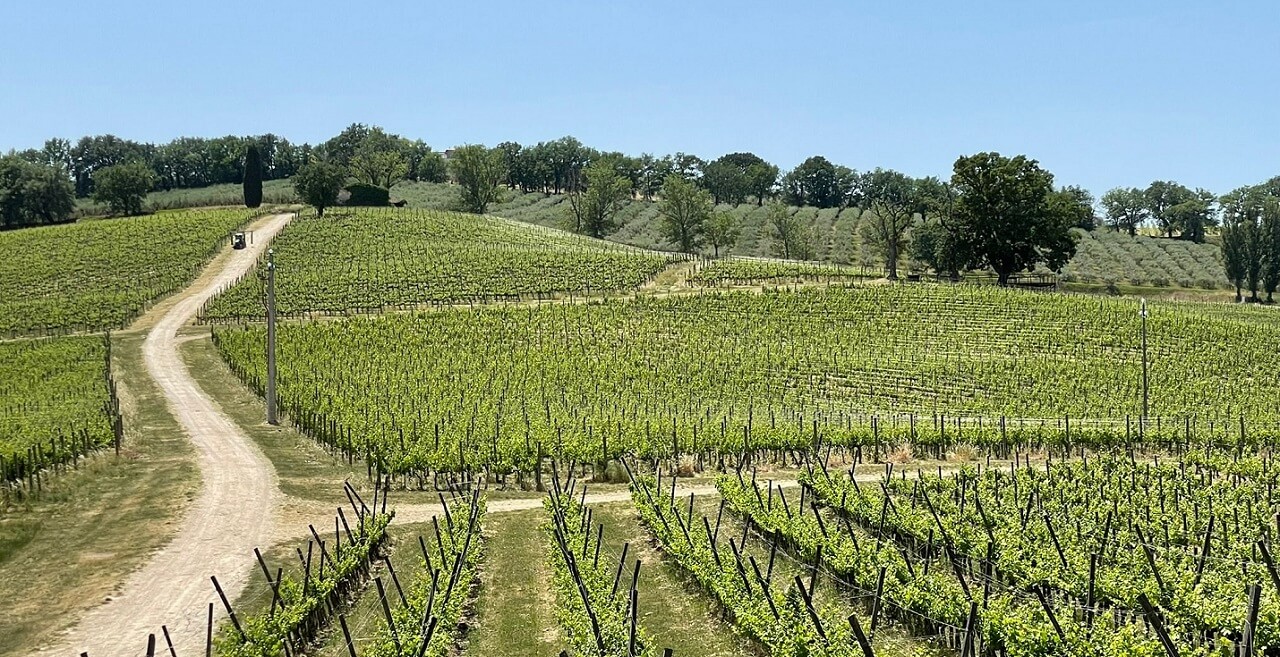
Paul Caputo travelled to Montefalco in May 2022 for an in-depth look at the latest 2018 Sagrantino release. He discovered that the appellation’s key names continue...
Read more ▸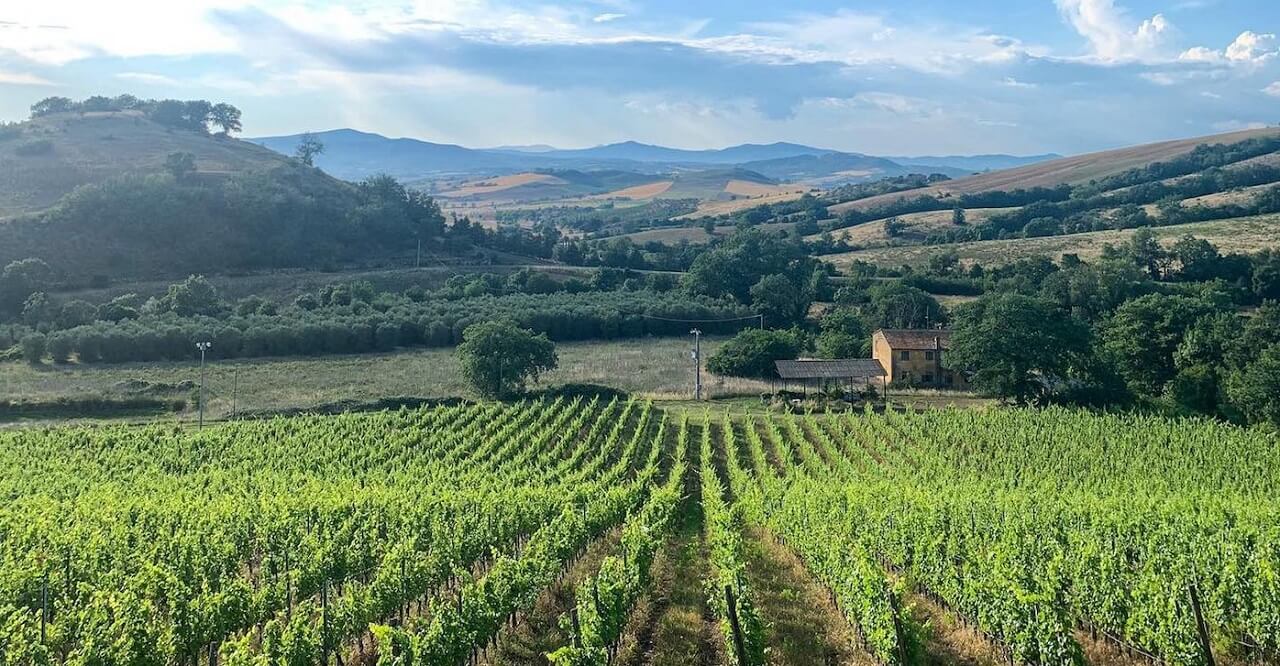
Giovanni Frascolla of Tua Rita fame has taken over at Poggio Argentiera in Tuscany’s Maremma region. He talks to Paul Caputo about making high-quality wines from t...
Read more ▸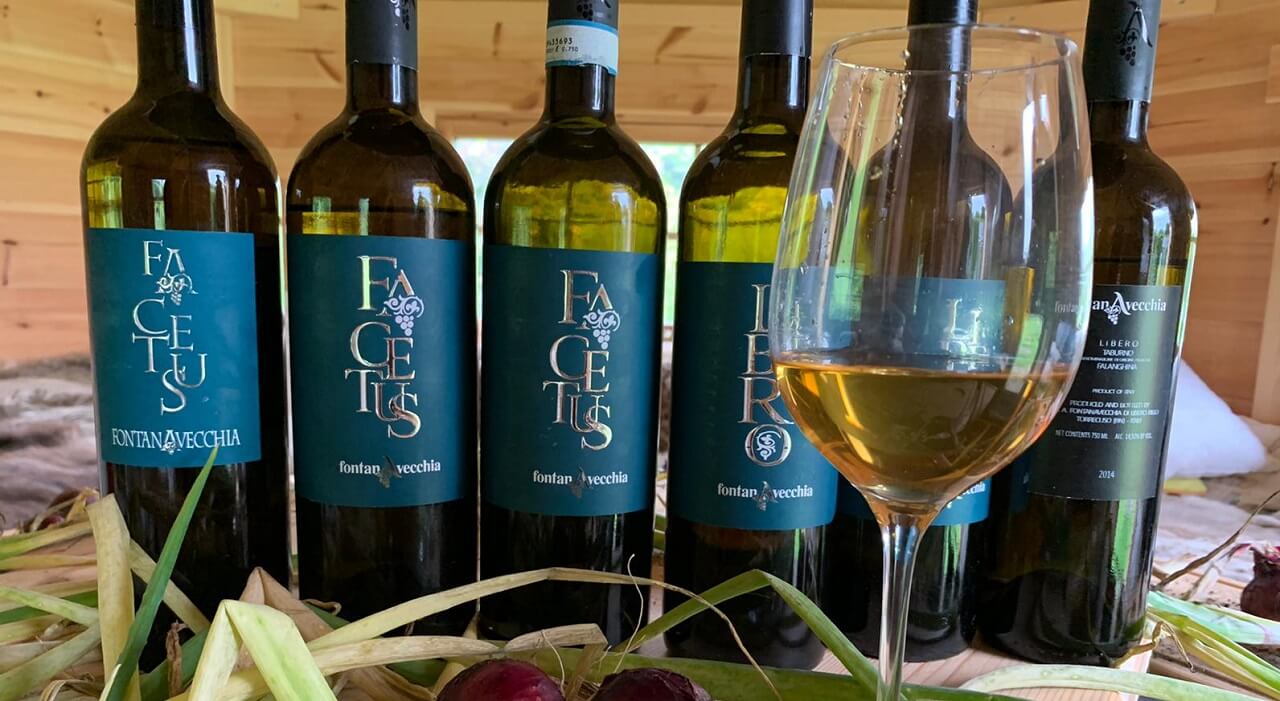
Falanghina is one of Southern Italy’s key white grape varieties, but has long been considered a poor relation to the likes of Greco di Tufo and Fiano di Avellino. ...
Read more ▸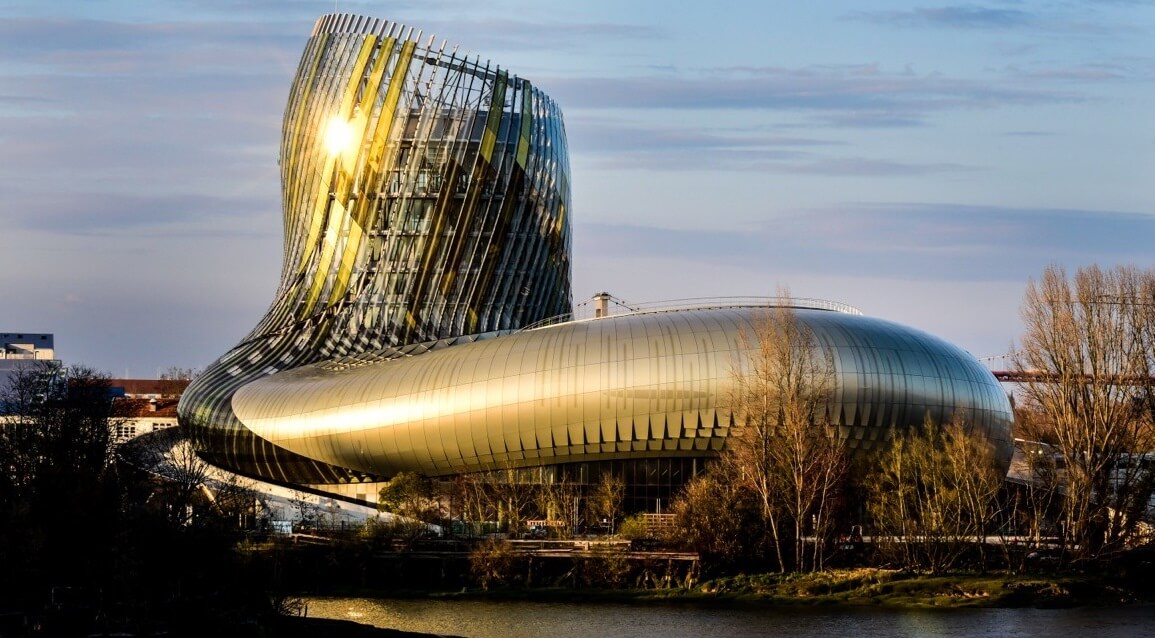
When Miguel Mateu purchased the Castle of Perelada in 1923, a vast renovation was needed. His dream was to modernise one of Catalonia’s great historical wineries i...
Read more ▸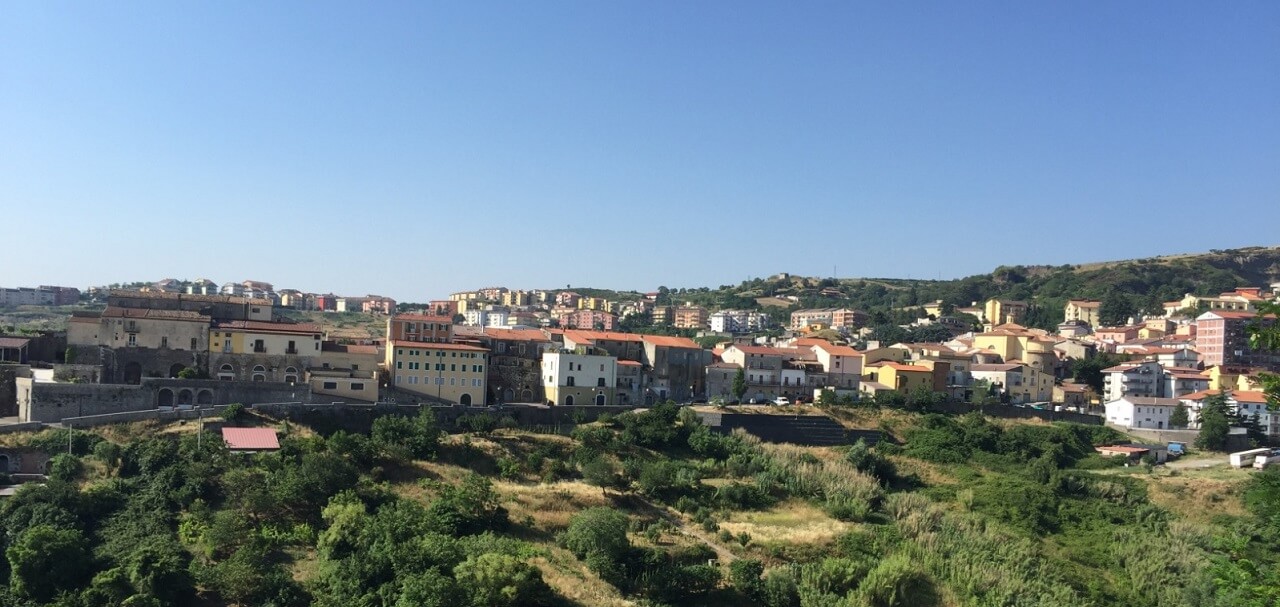
Aglianico del Vulture must be considered one of the great terroirs of Italy. Its ruggedly beautiful terrain tumbles from the foothills of Monte Vulture, an ancient a...
Read more ▸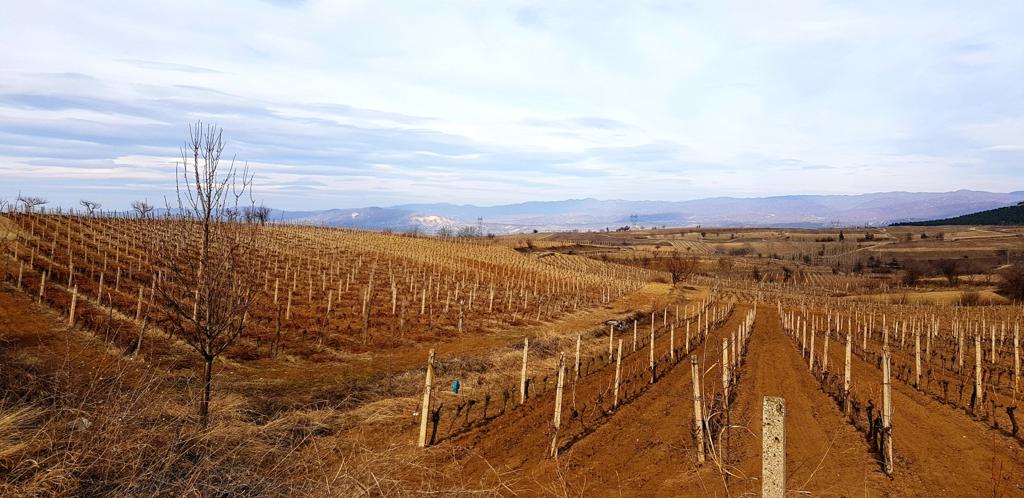
The picturesque surroundings of the Disan area, located just outside the town of Negotino, in the famous Tikveš Wine District, might remind us of the rolling hills ...
Read more ▸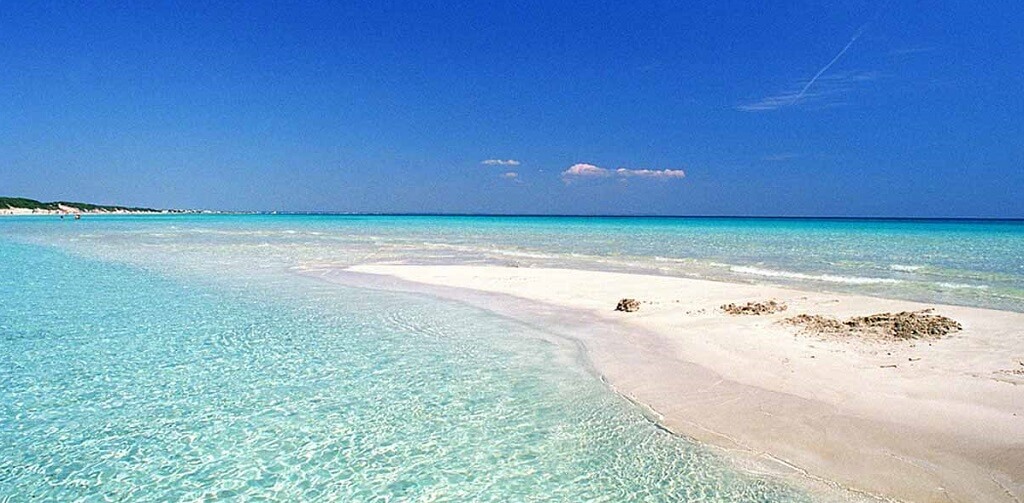
Paul Caputo considers how the runaway popularity of rosé has provided a fantastic opportunity to highlight the amazing culture of rosé drinking in Puglia and in pa...
Read more ▸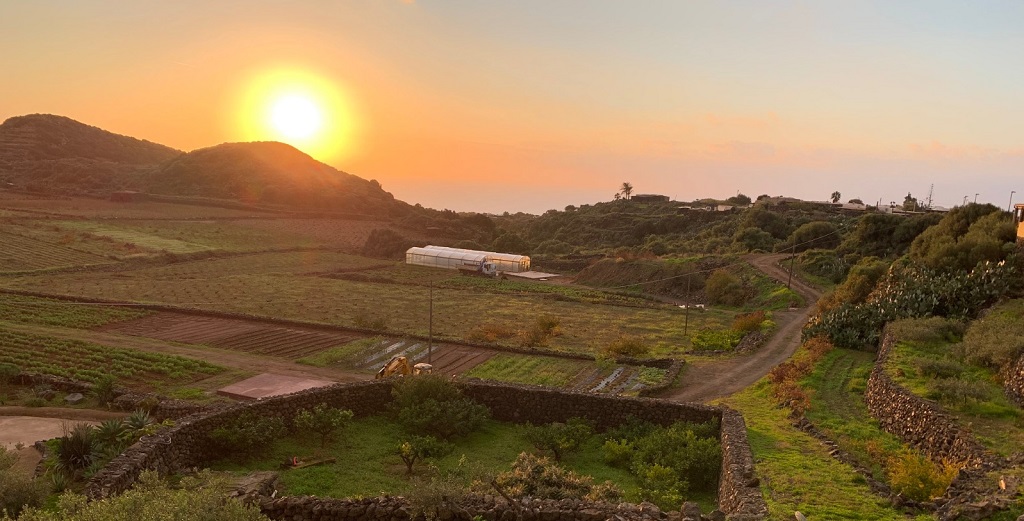
Pantelleria is one of the most interesting terroirs in Italy. Known as the black pearl of the Mediterranean, this secluded Sicilian island is entirely volcanic, form...
Read more ▸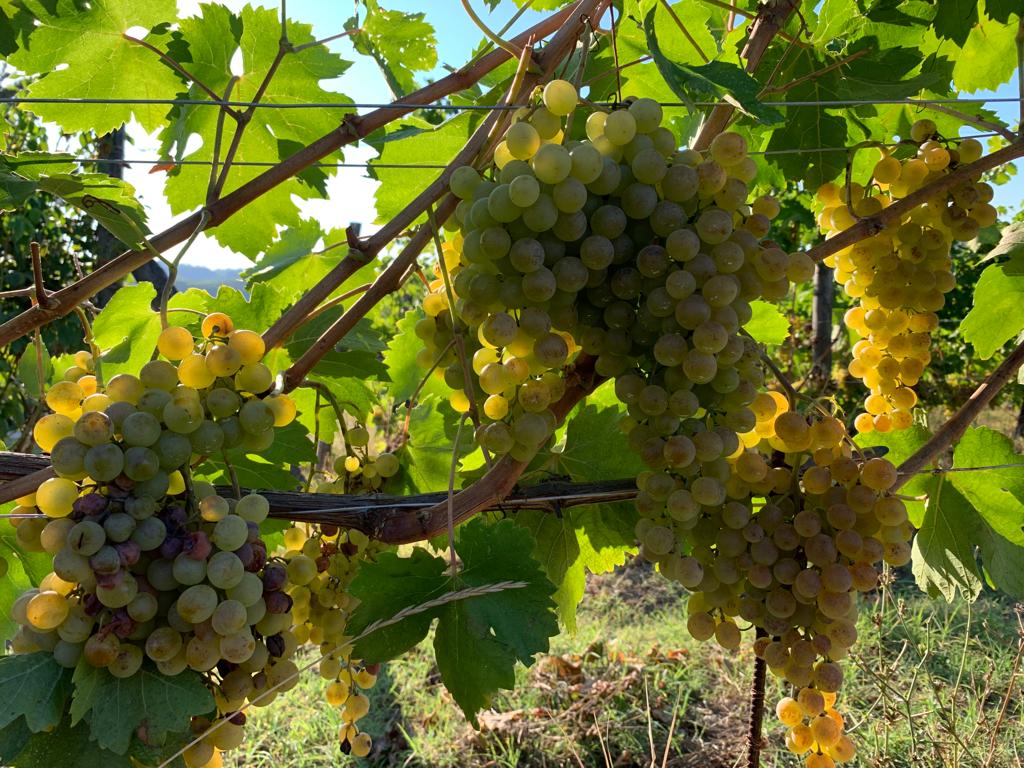
There are few serious wine collectors clamouring to stockpile Gavi. Why would they? The Cortese grape is known for its simple, drink-early freshness, not for its abi...
Read more ▸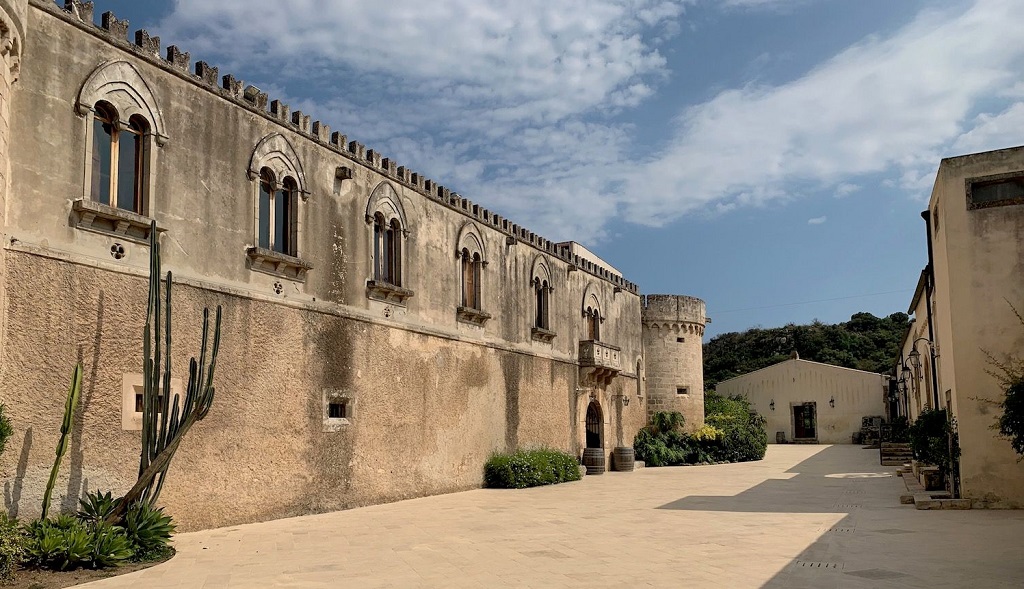
Tomasi di Lampedusa’s colourful and evocative portrayal of the creeping, sleepy decline of the Sicilian aristocracy offers a romantic backdrop from which to consid...
Read more ▸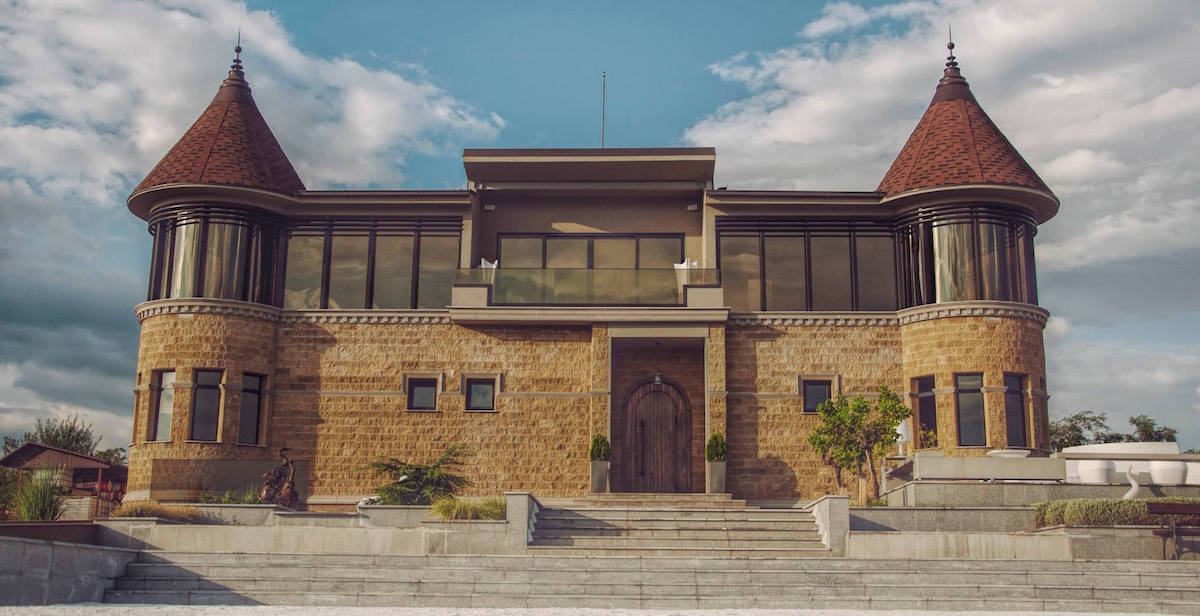
In modern wine making terms Macedonia is still a very young country. It only gained independence as recently as 1991, and with little history of quality focused prod...
Read more ▸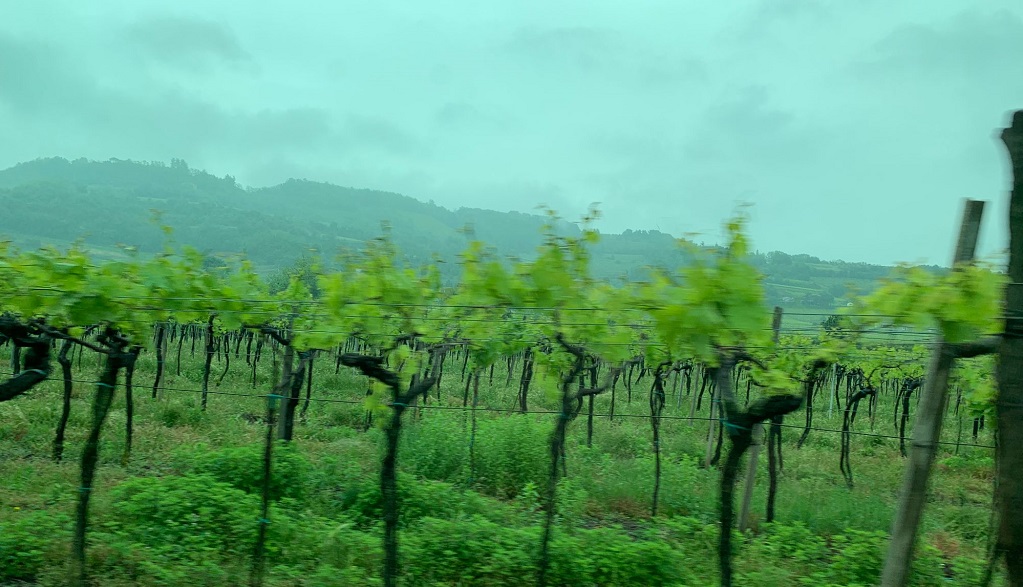
Just before the clouds burst, the brooding grey sky hung low over a vertical wall of jagged basalt, the key geological feature of San Giovanni Ilarione, a rustic agr...
Read more ▸